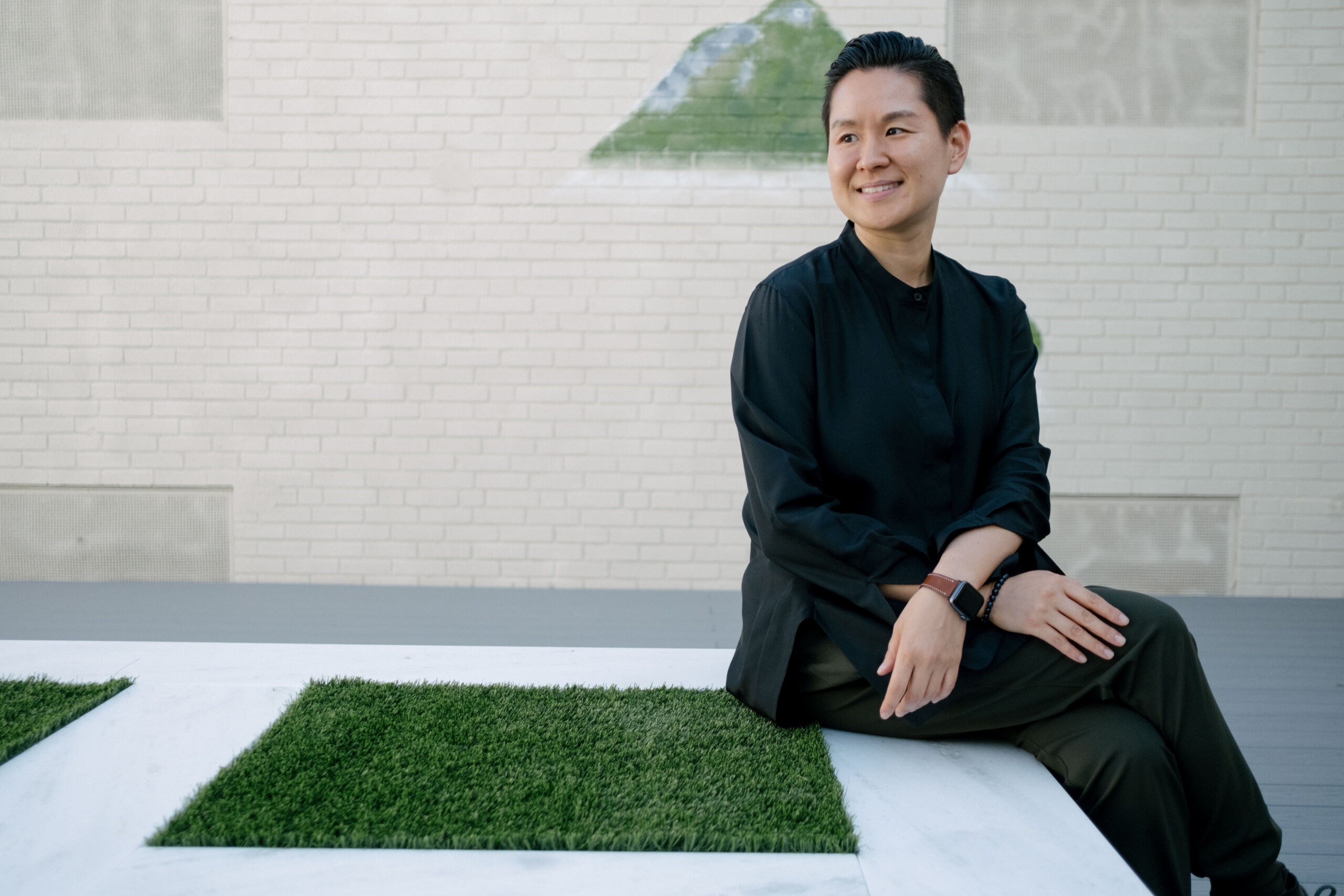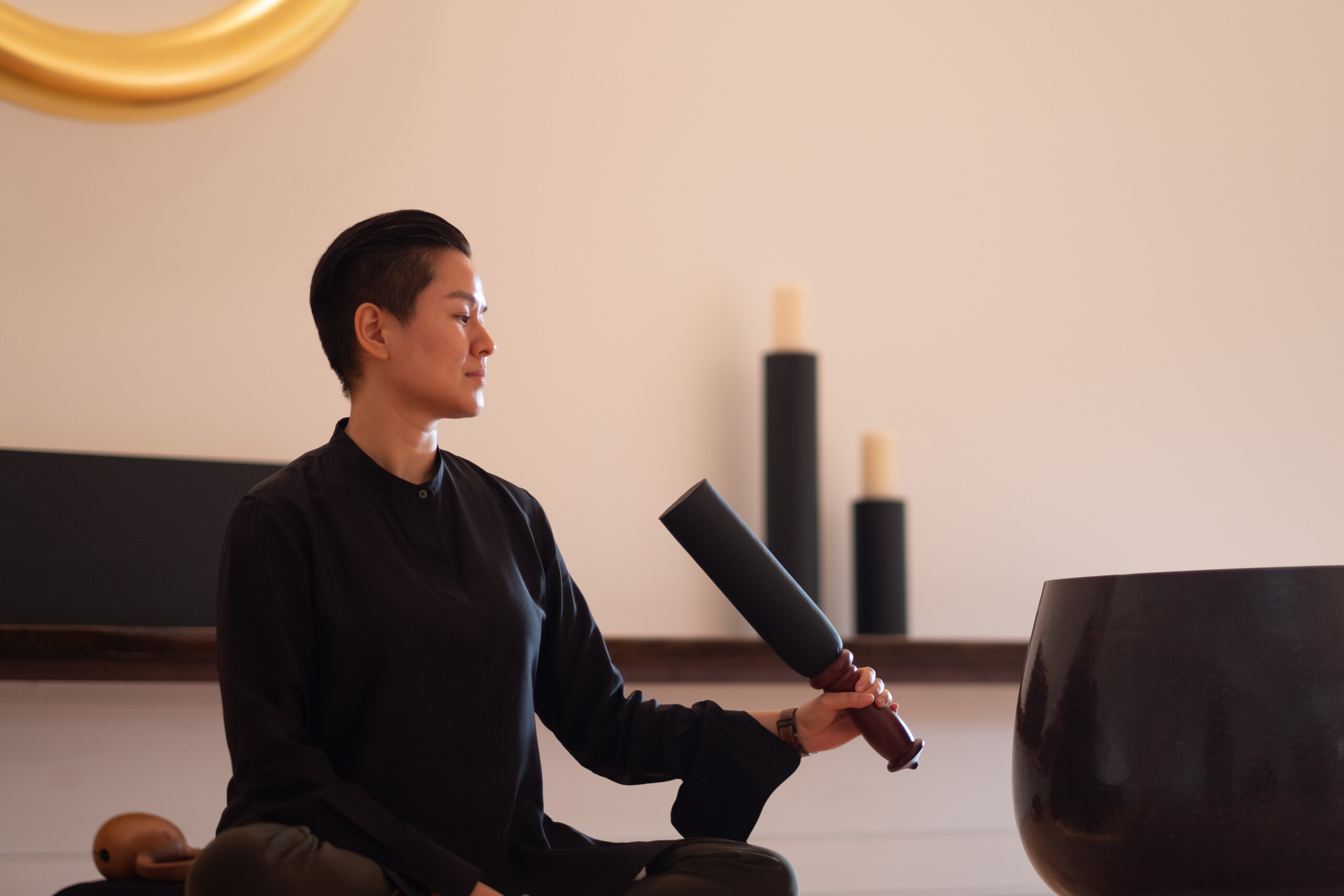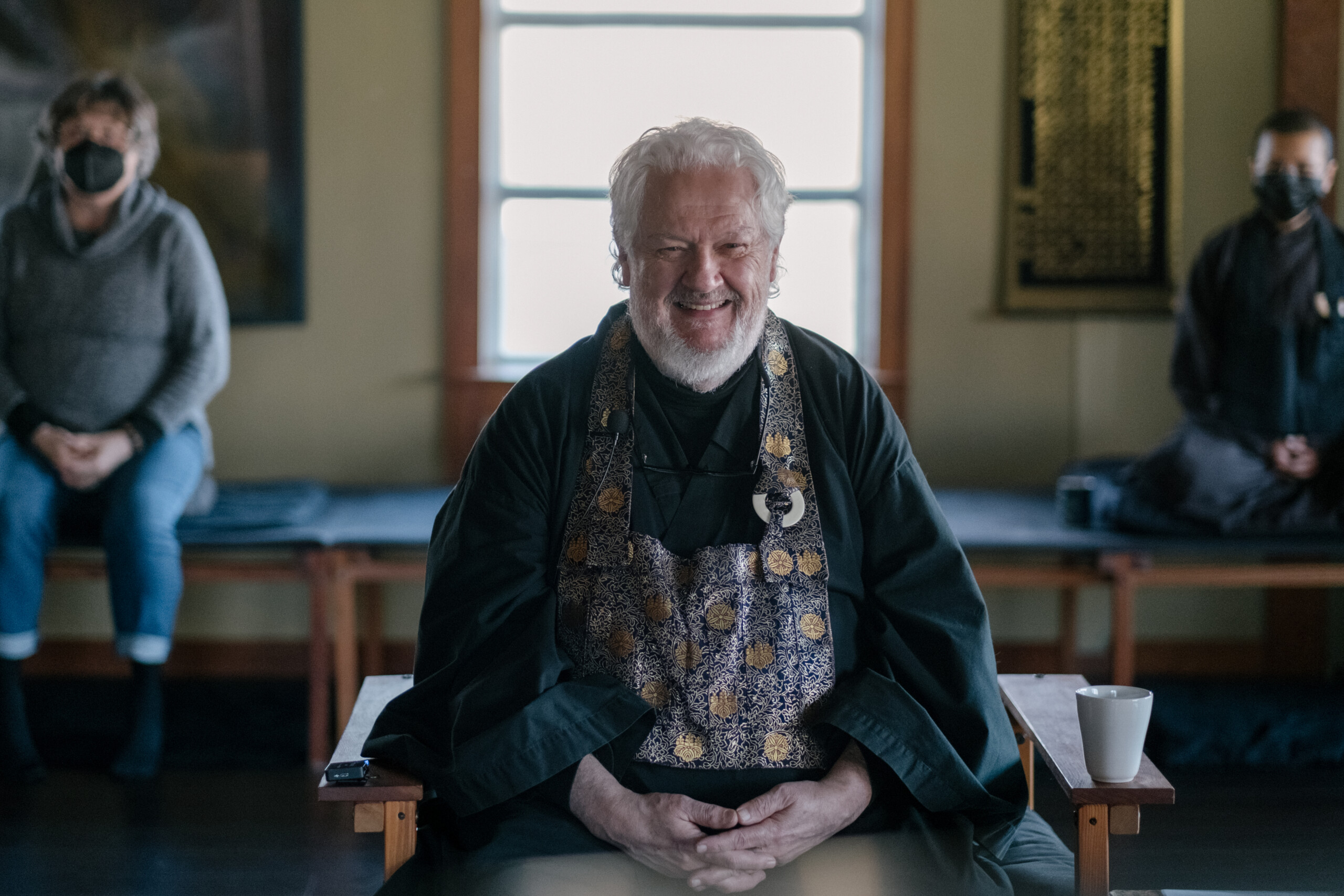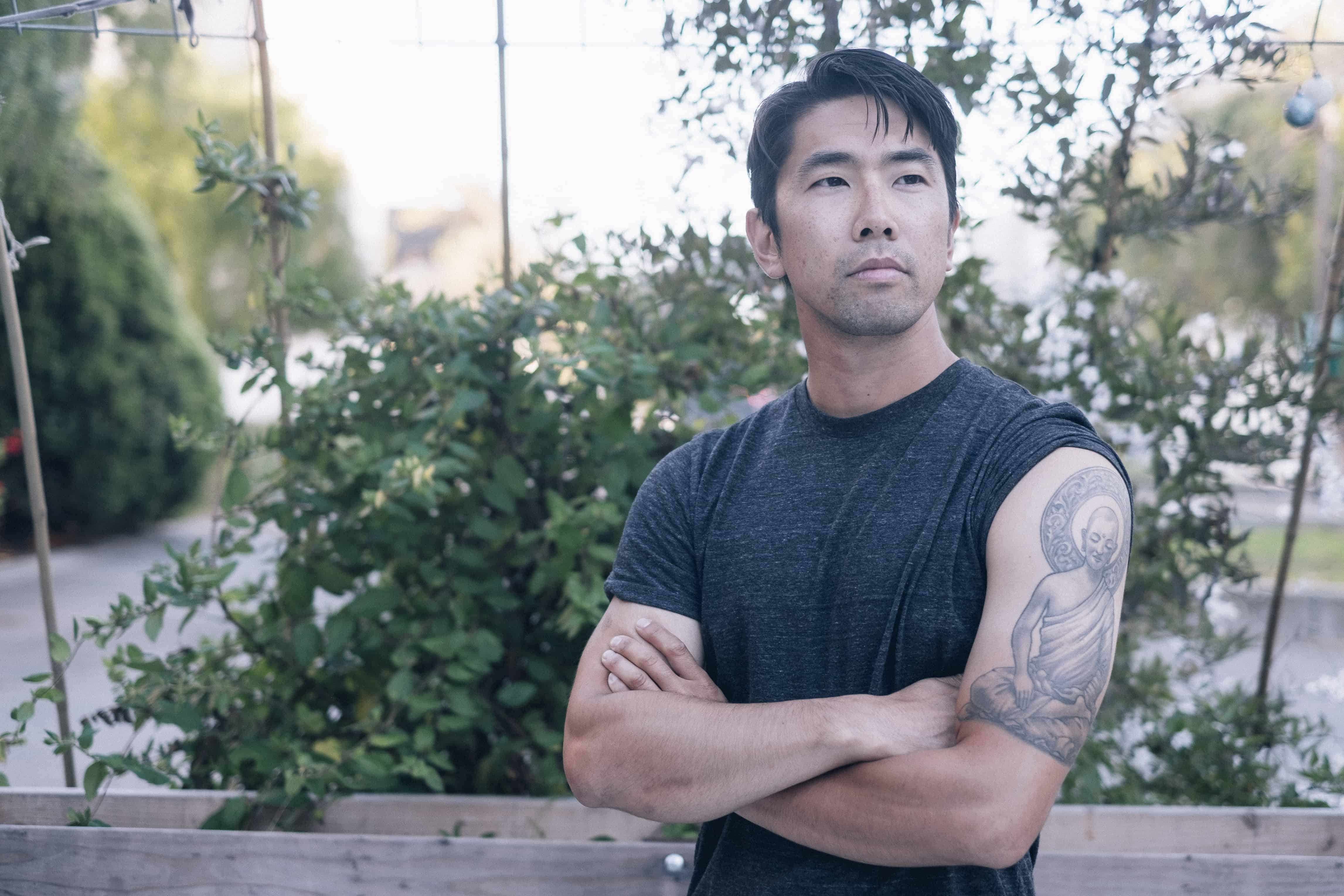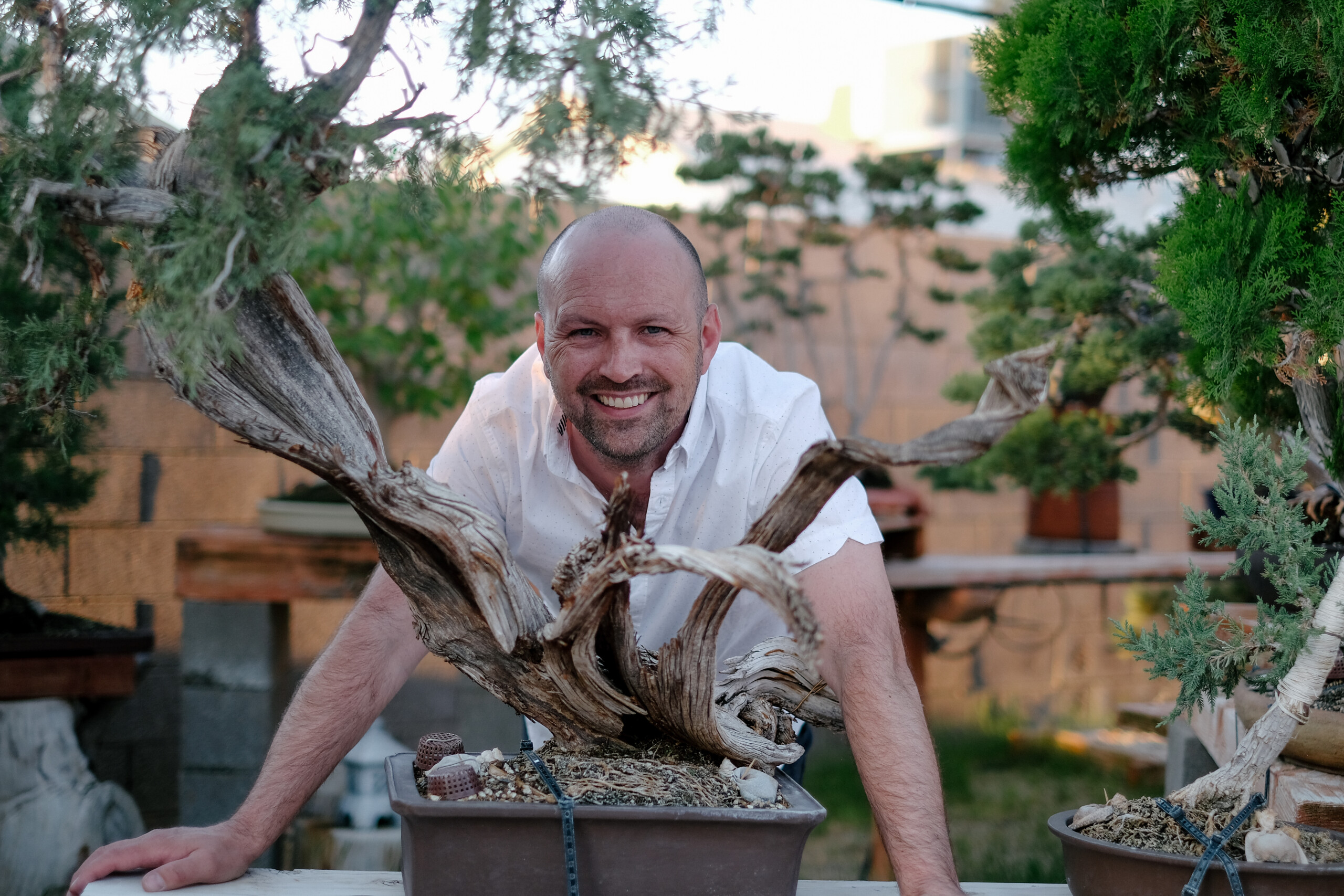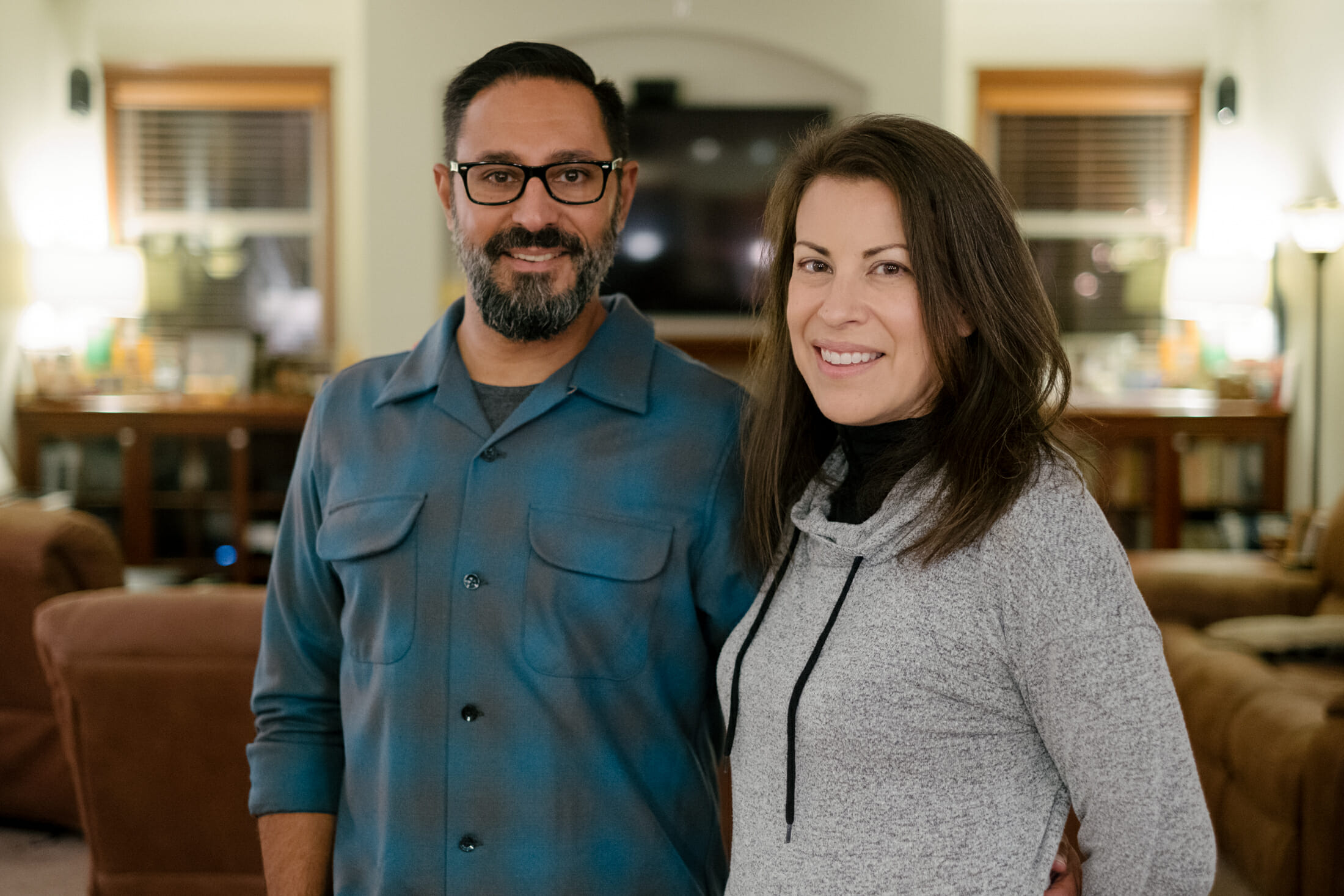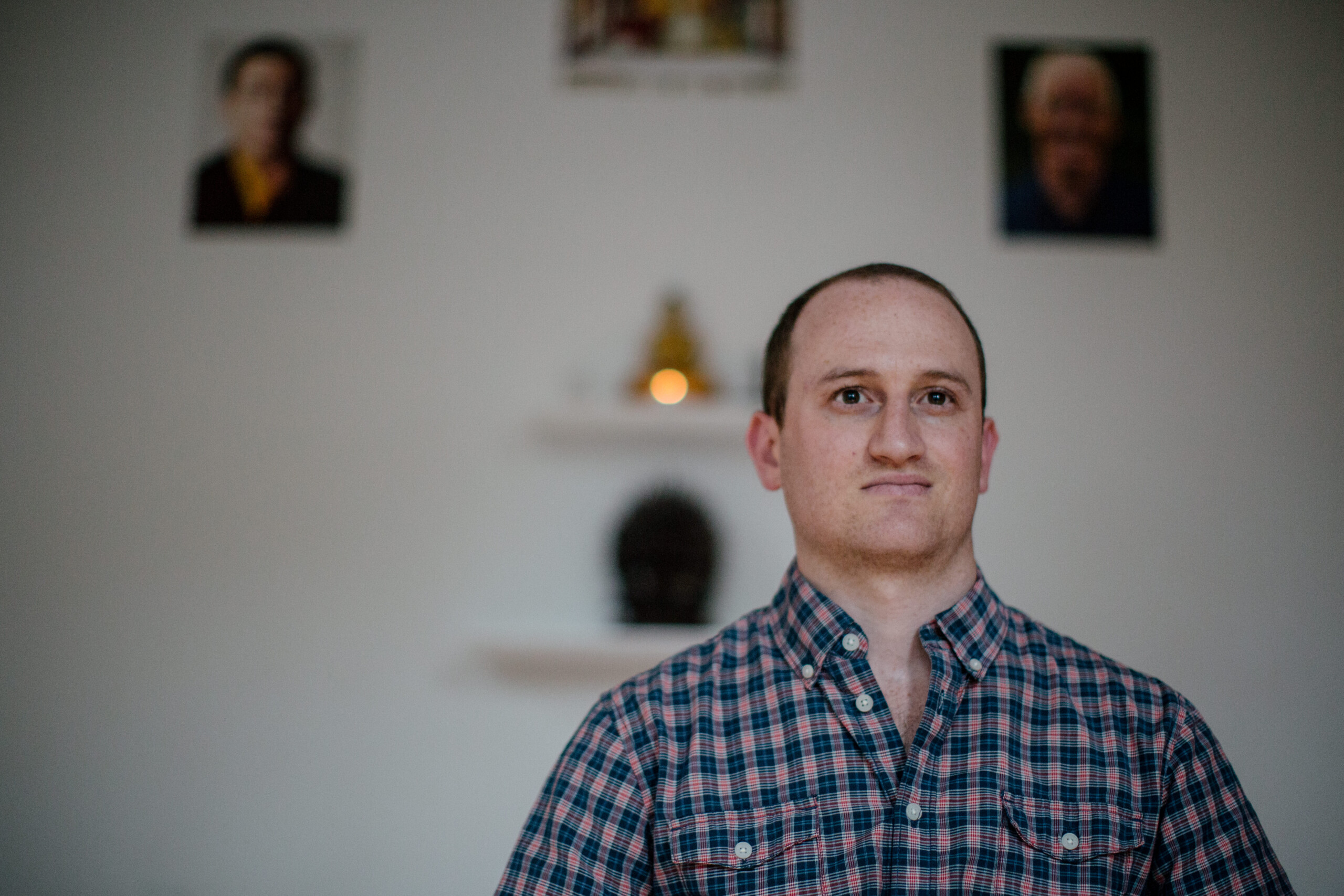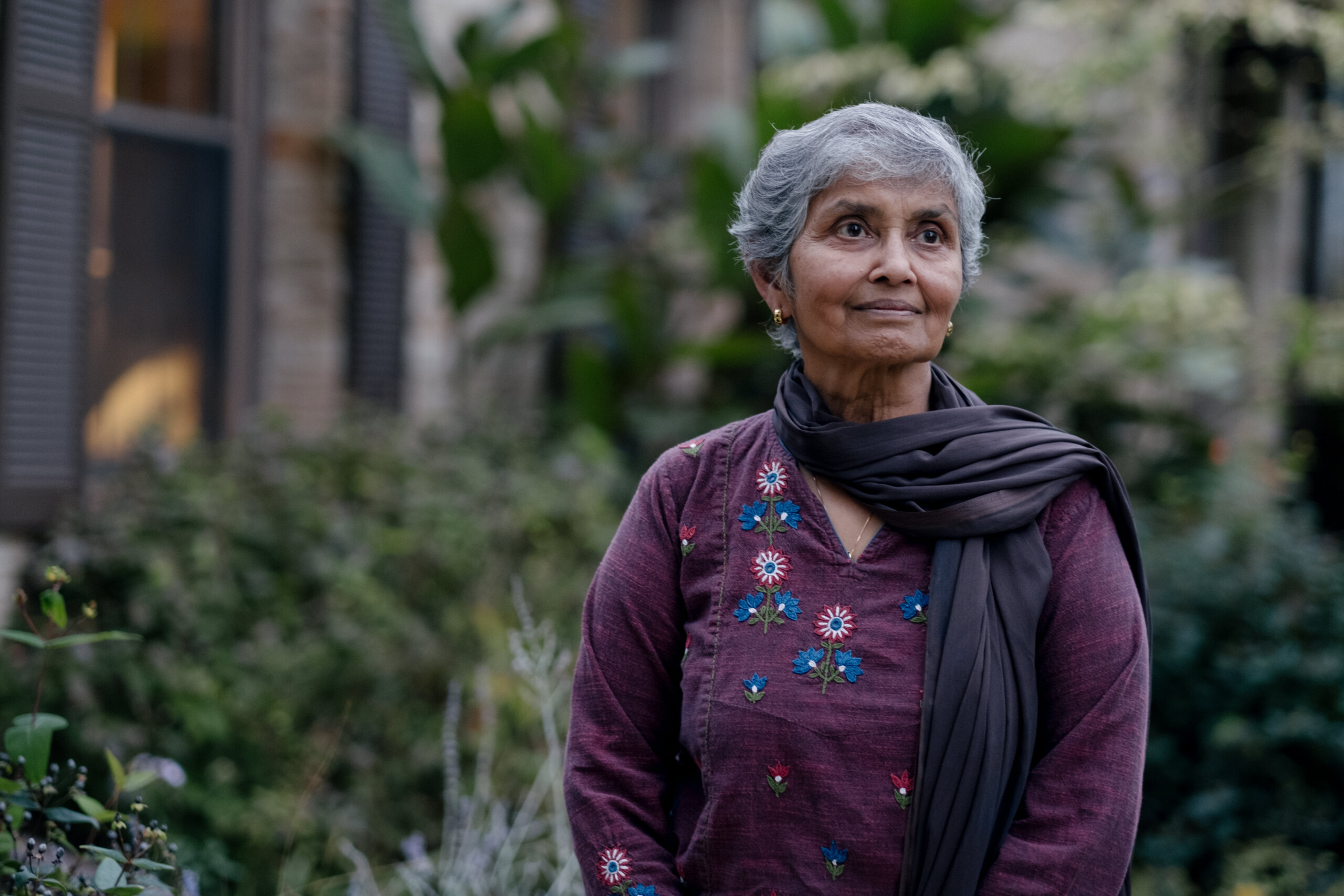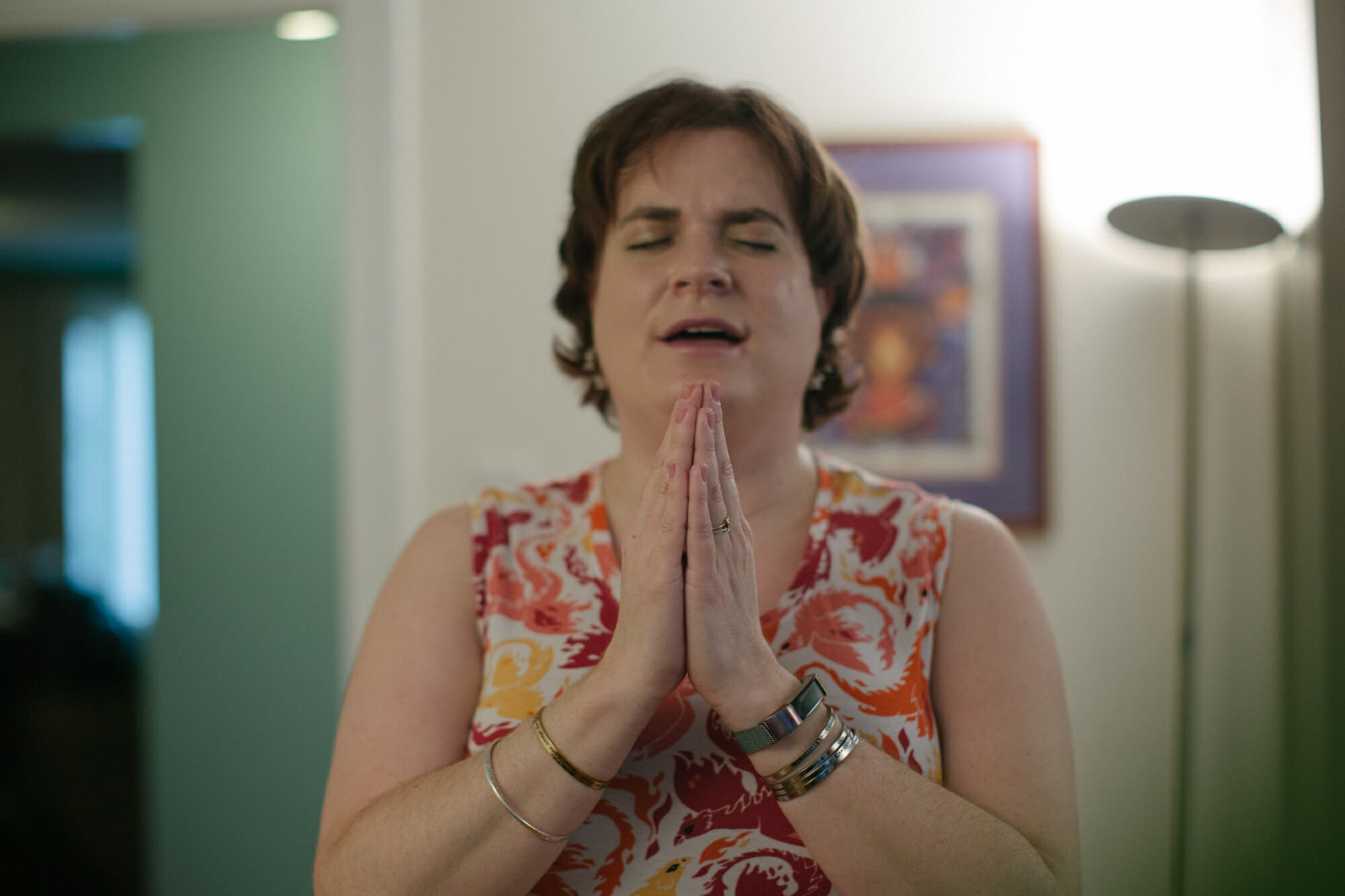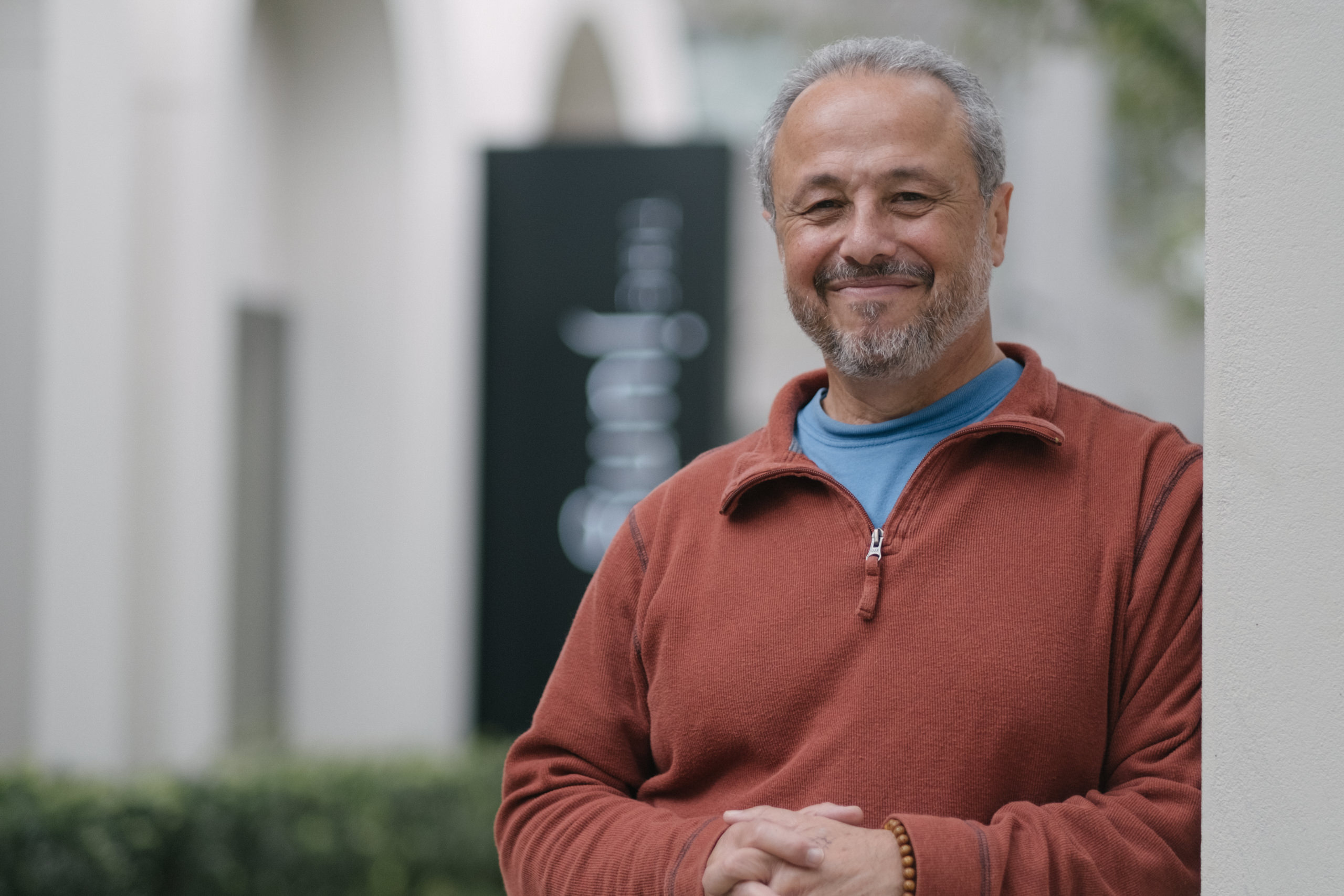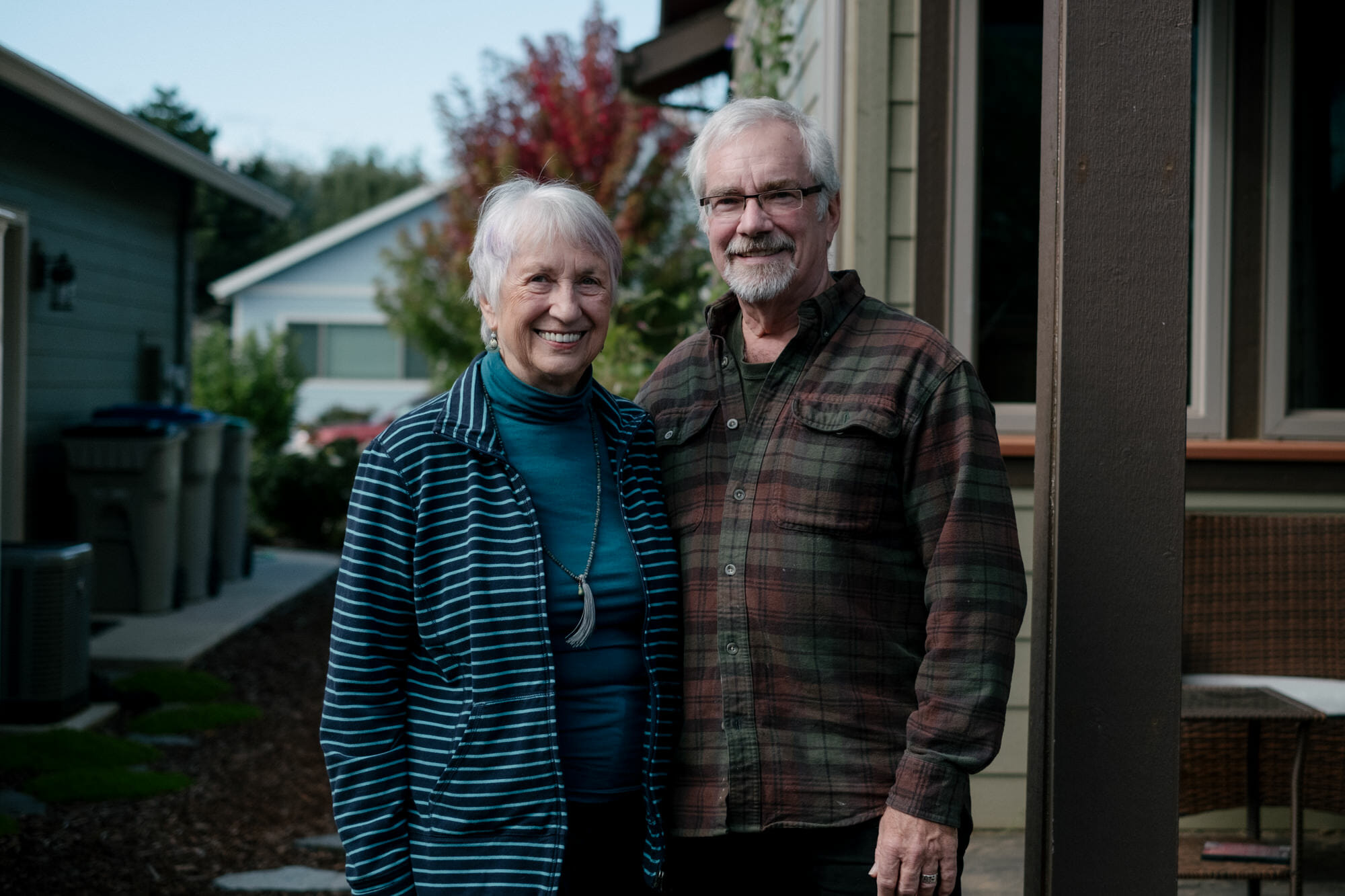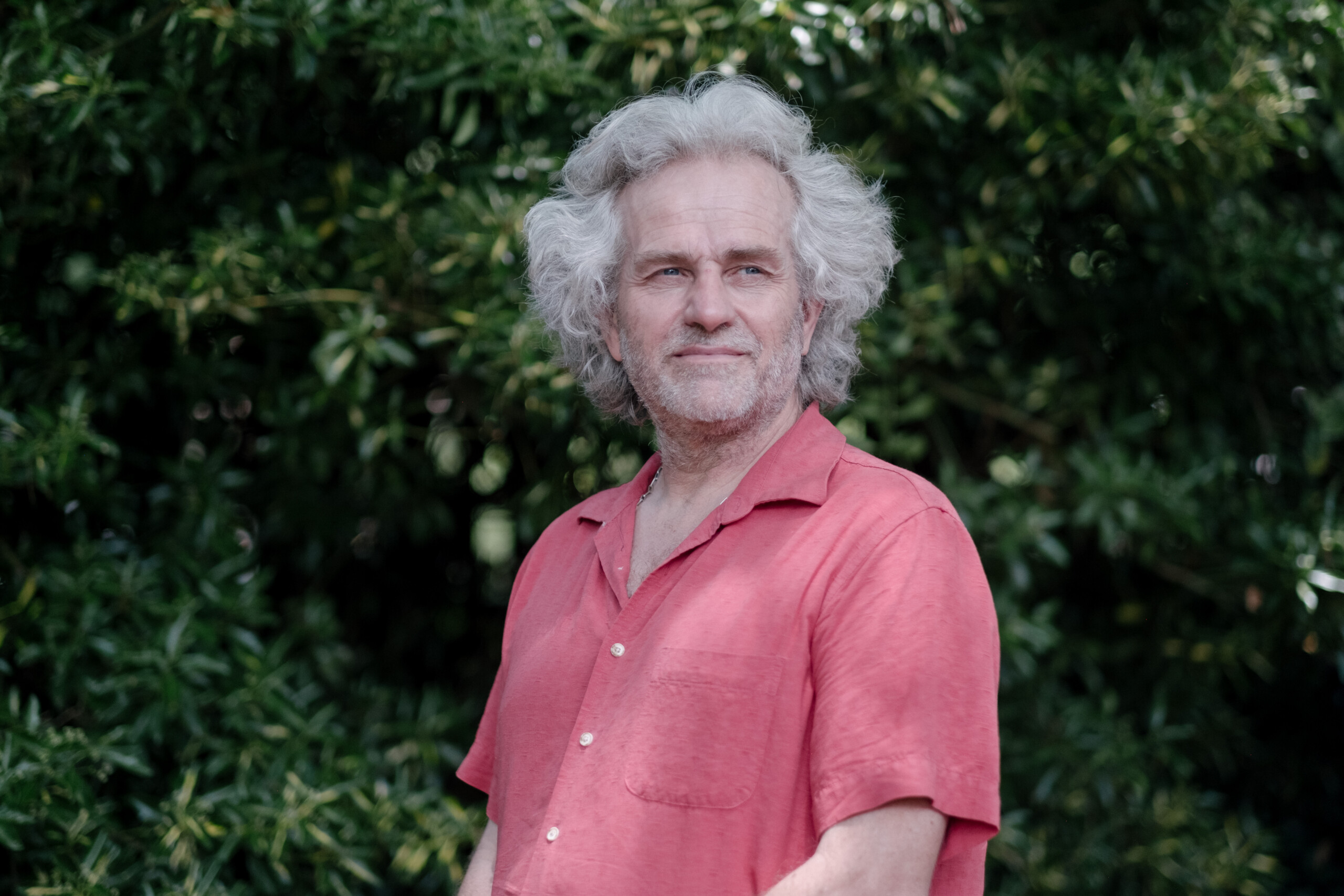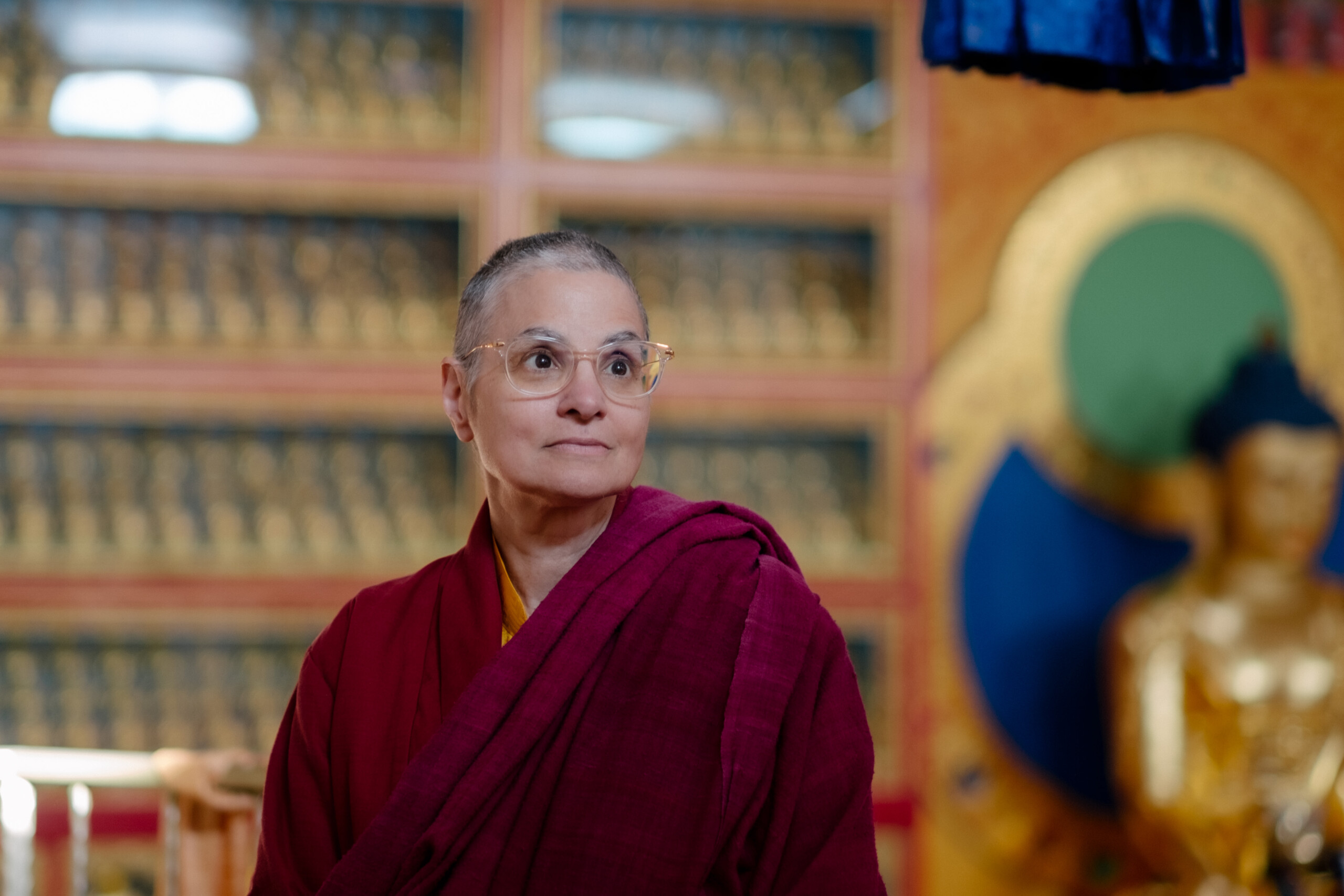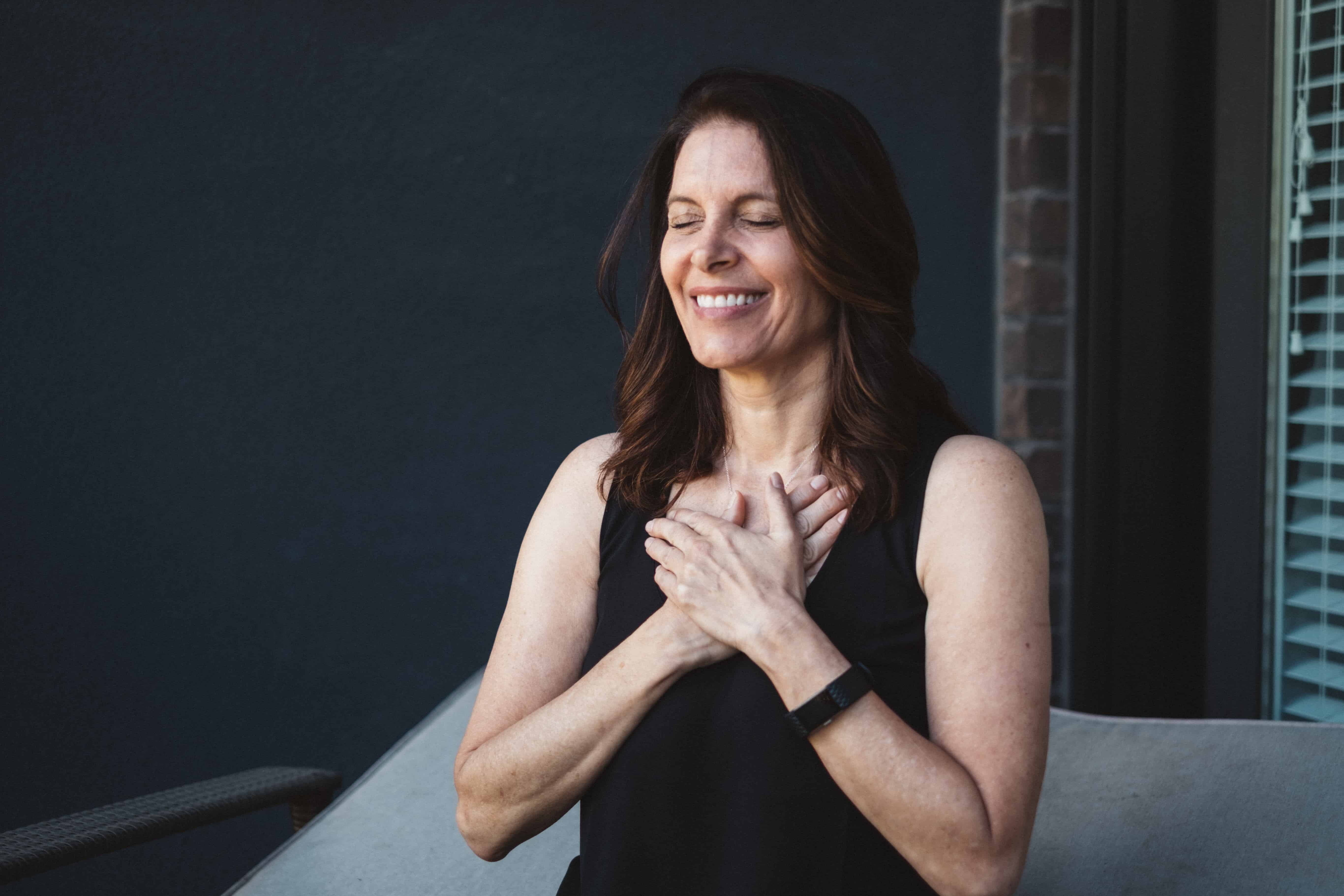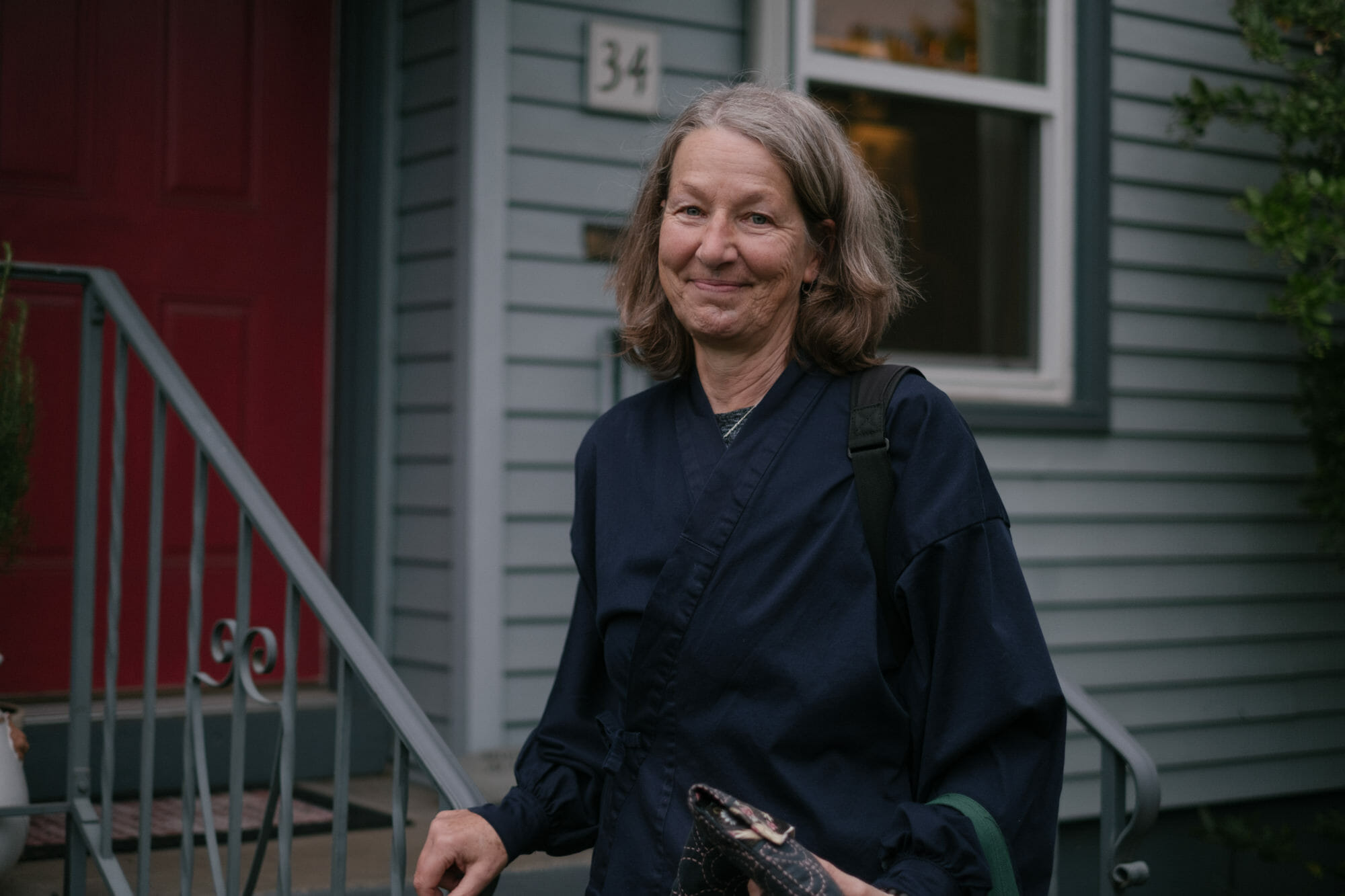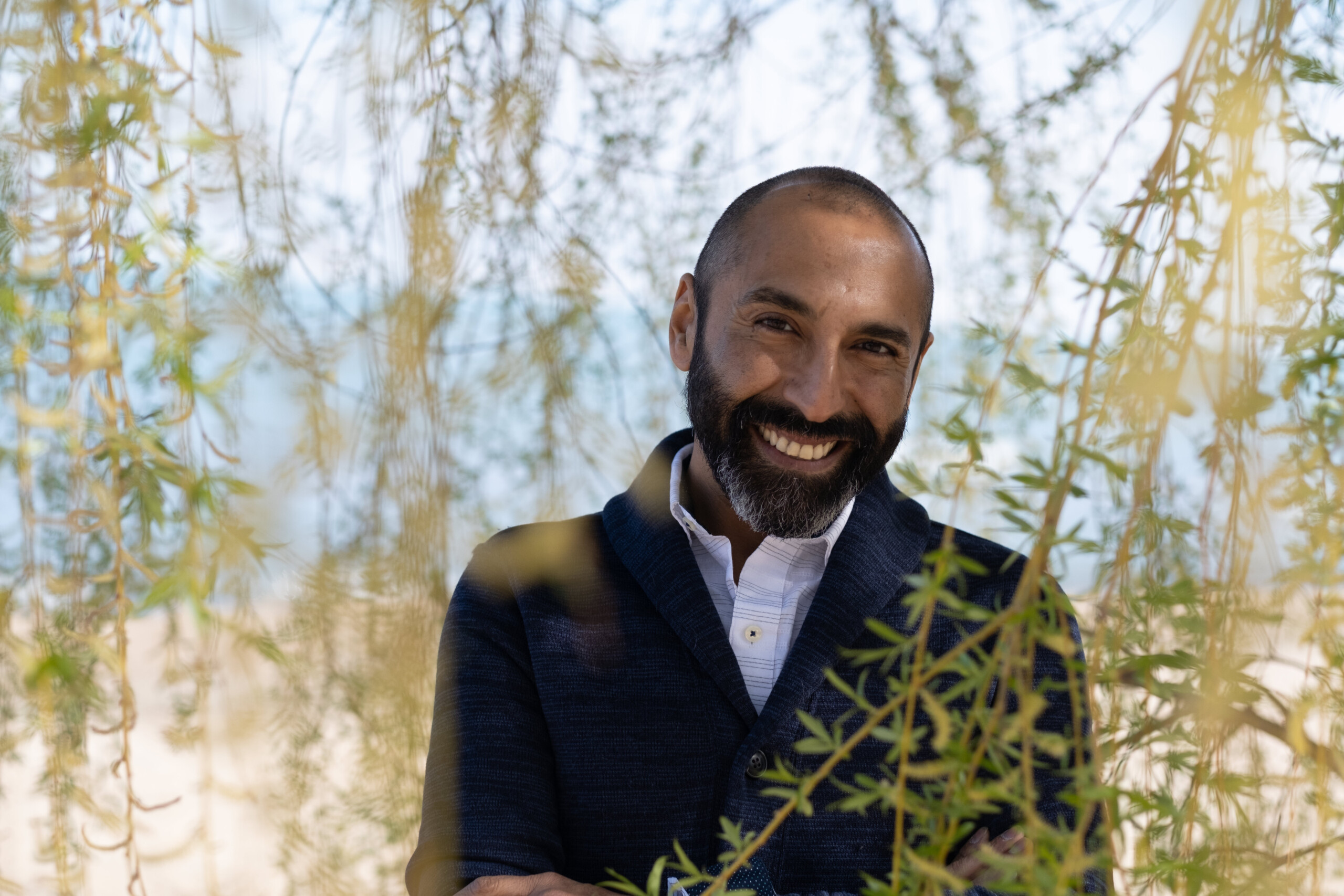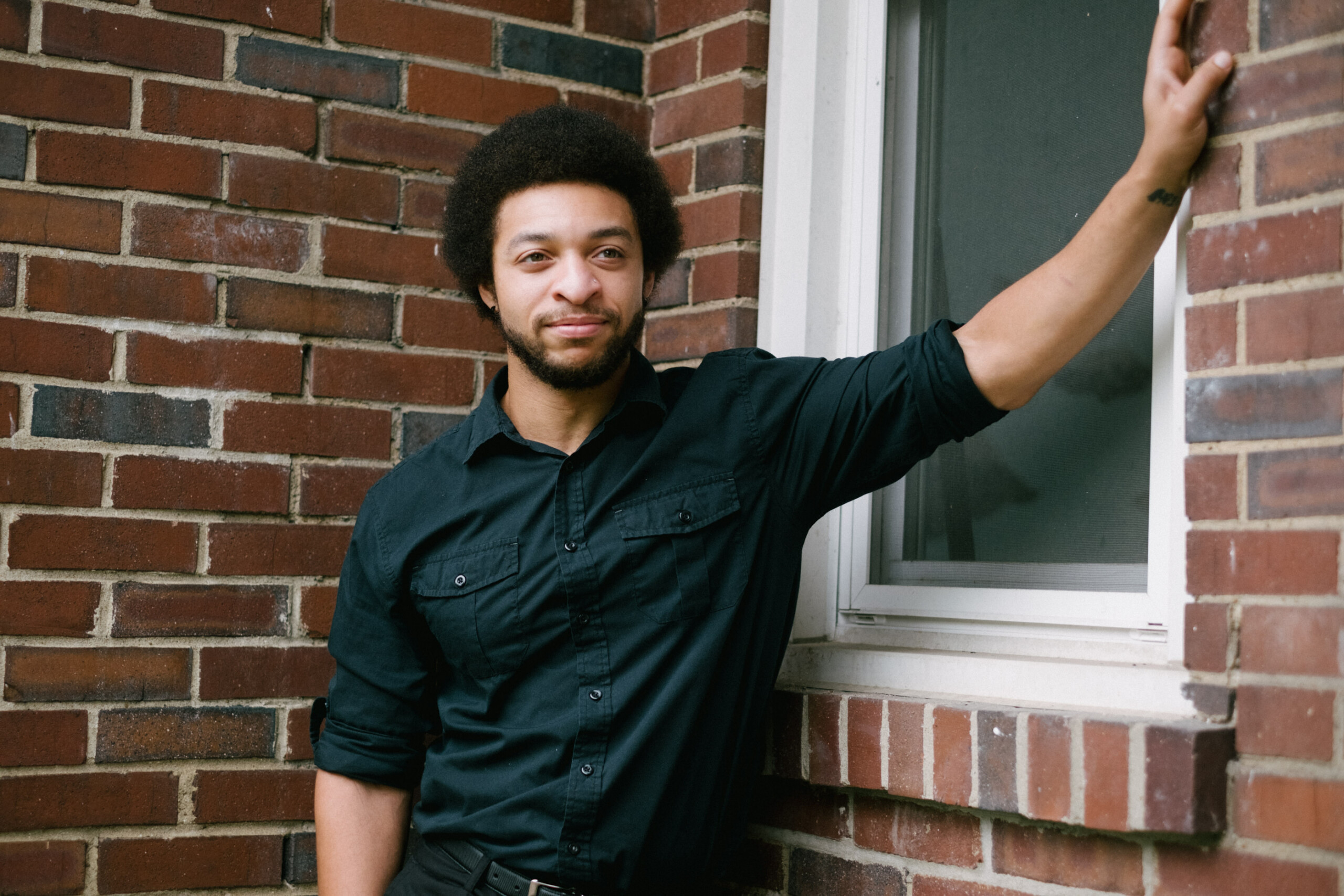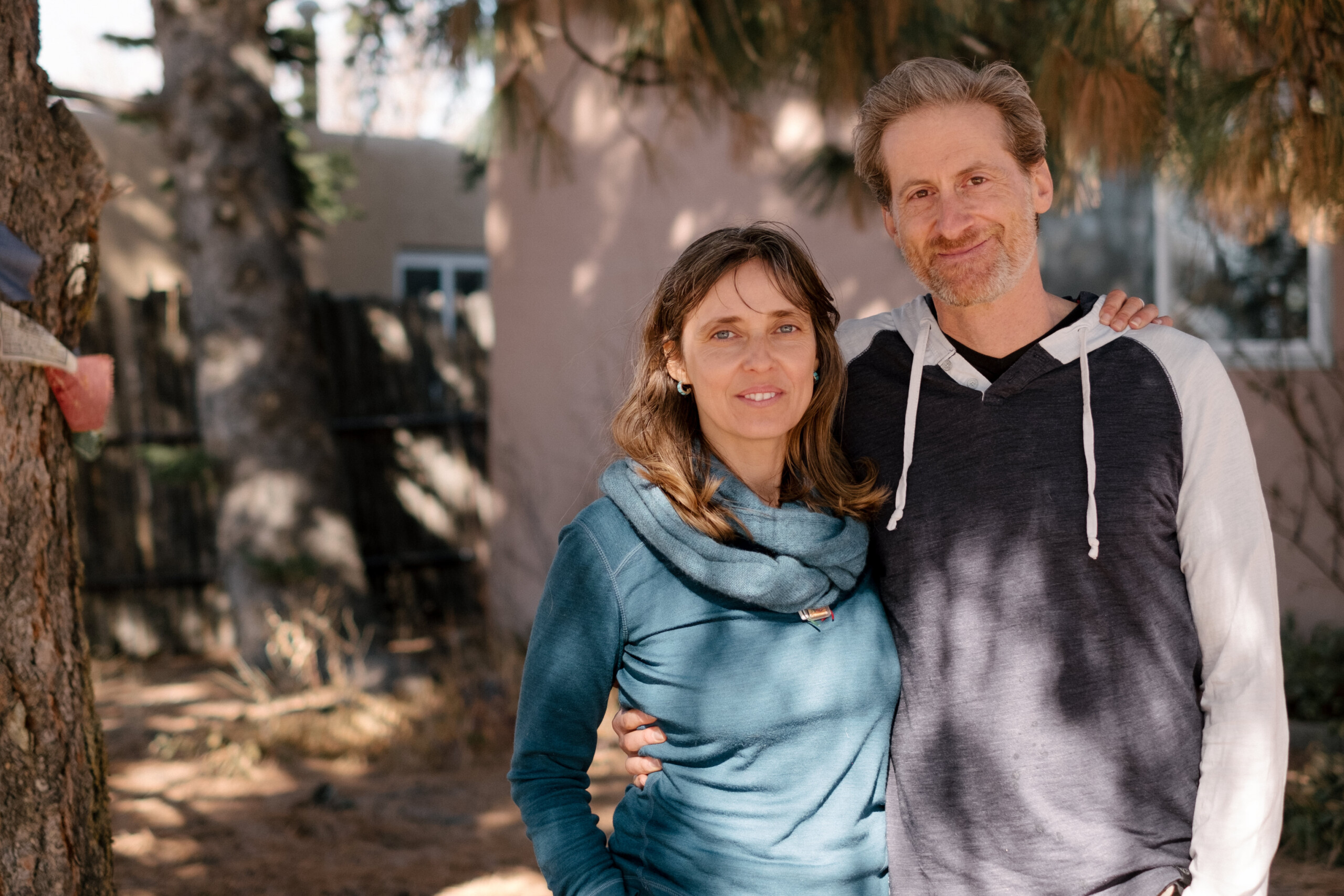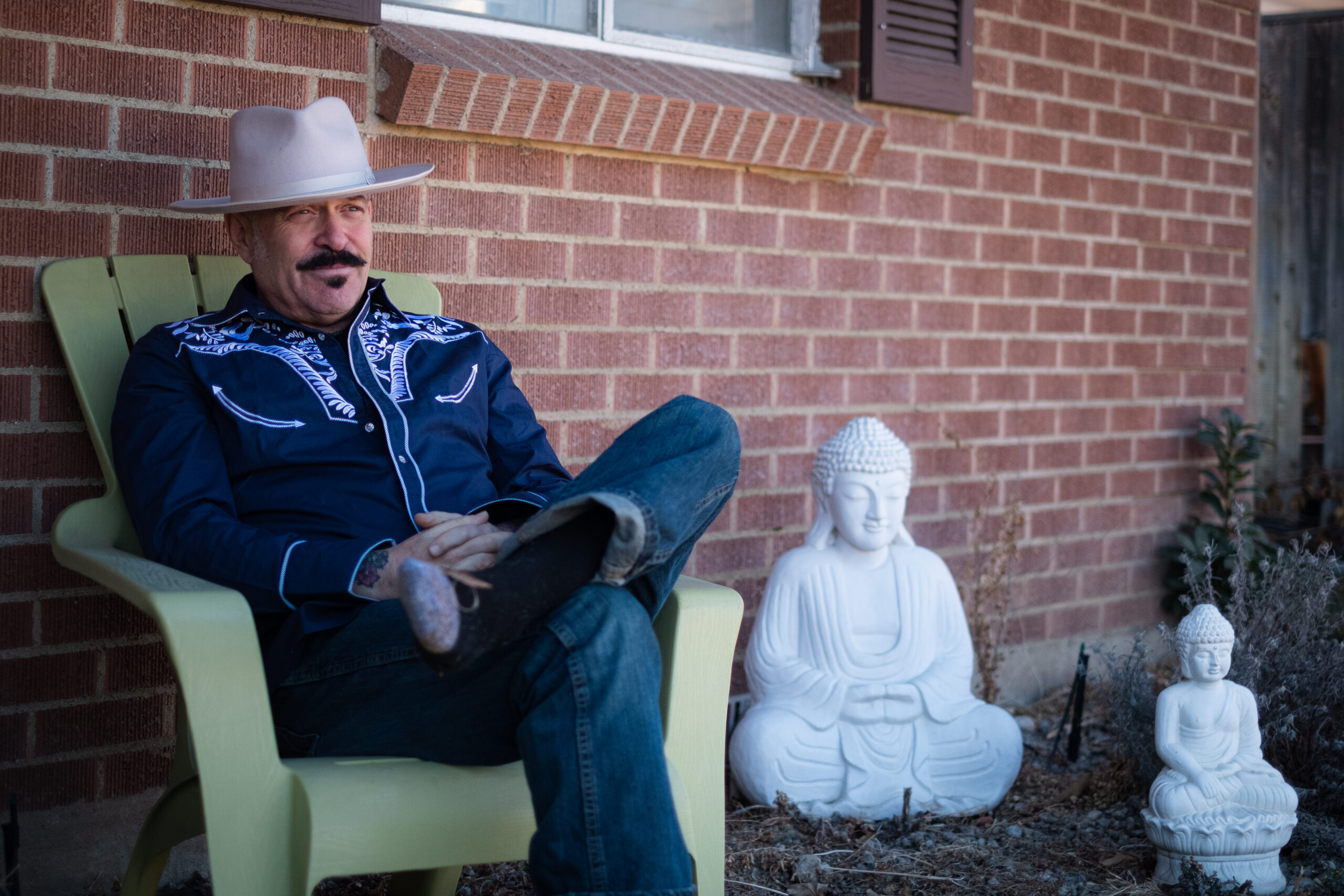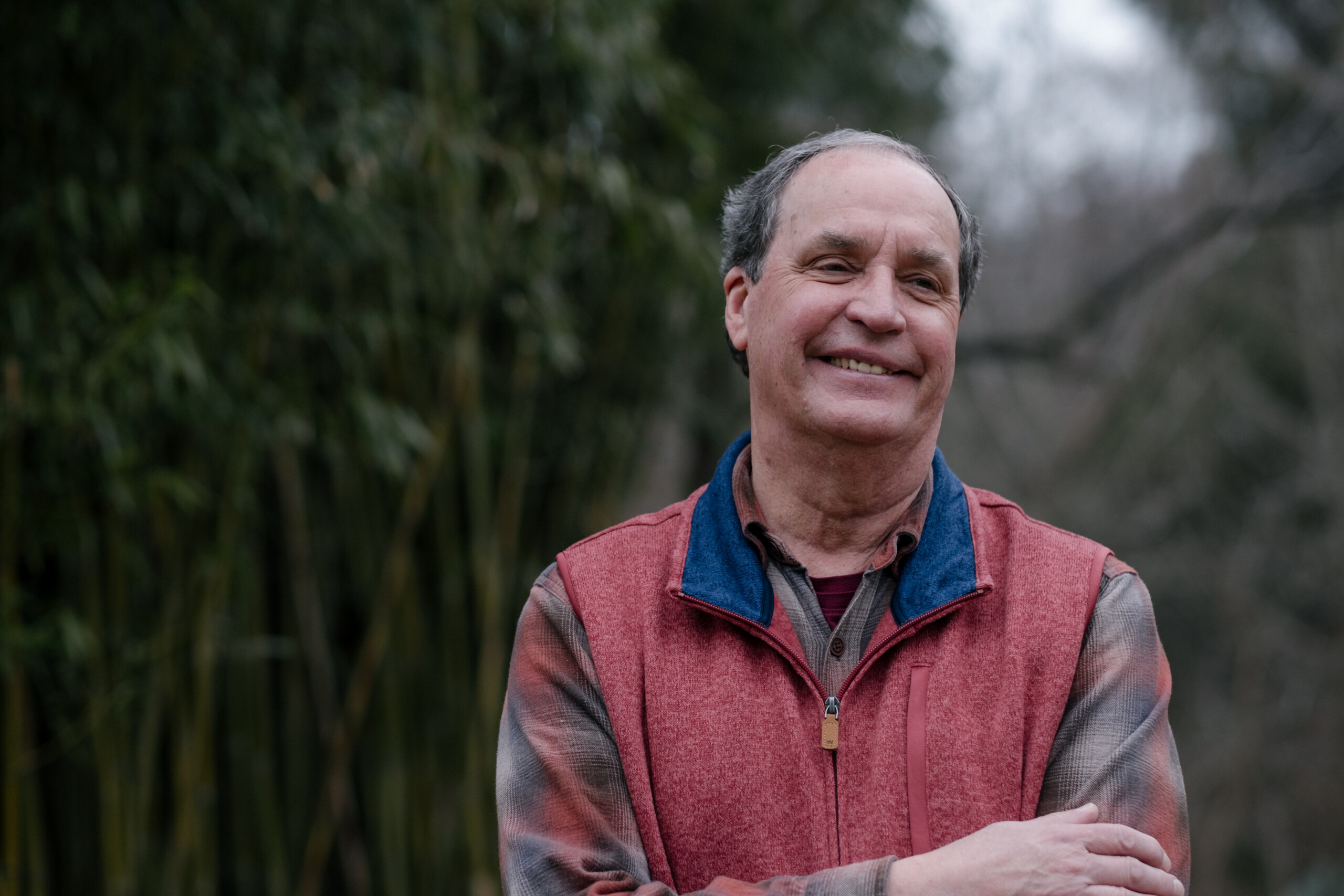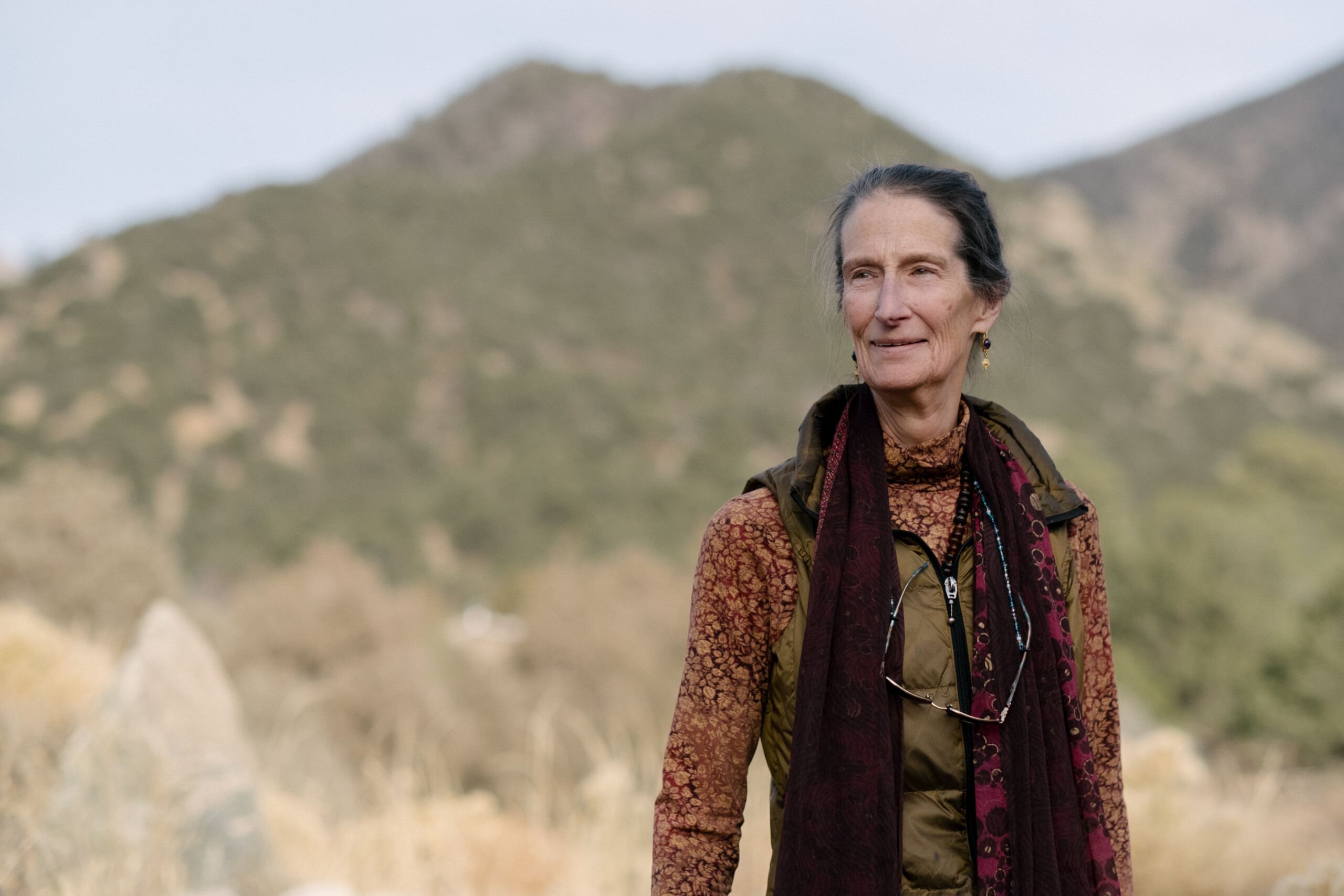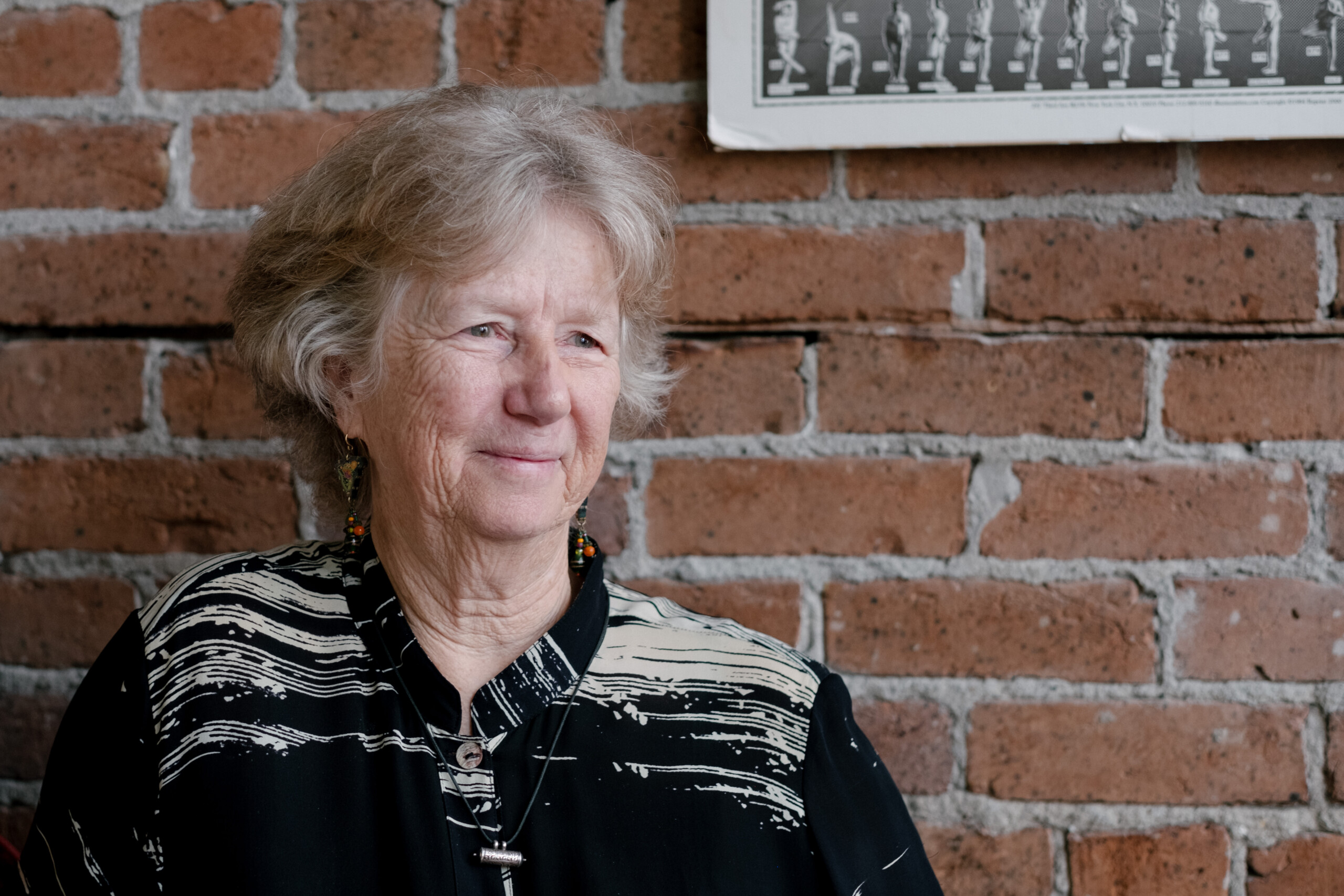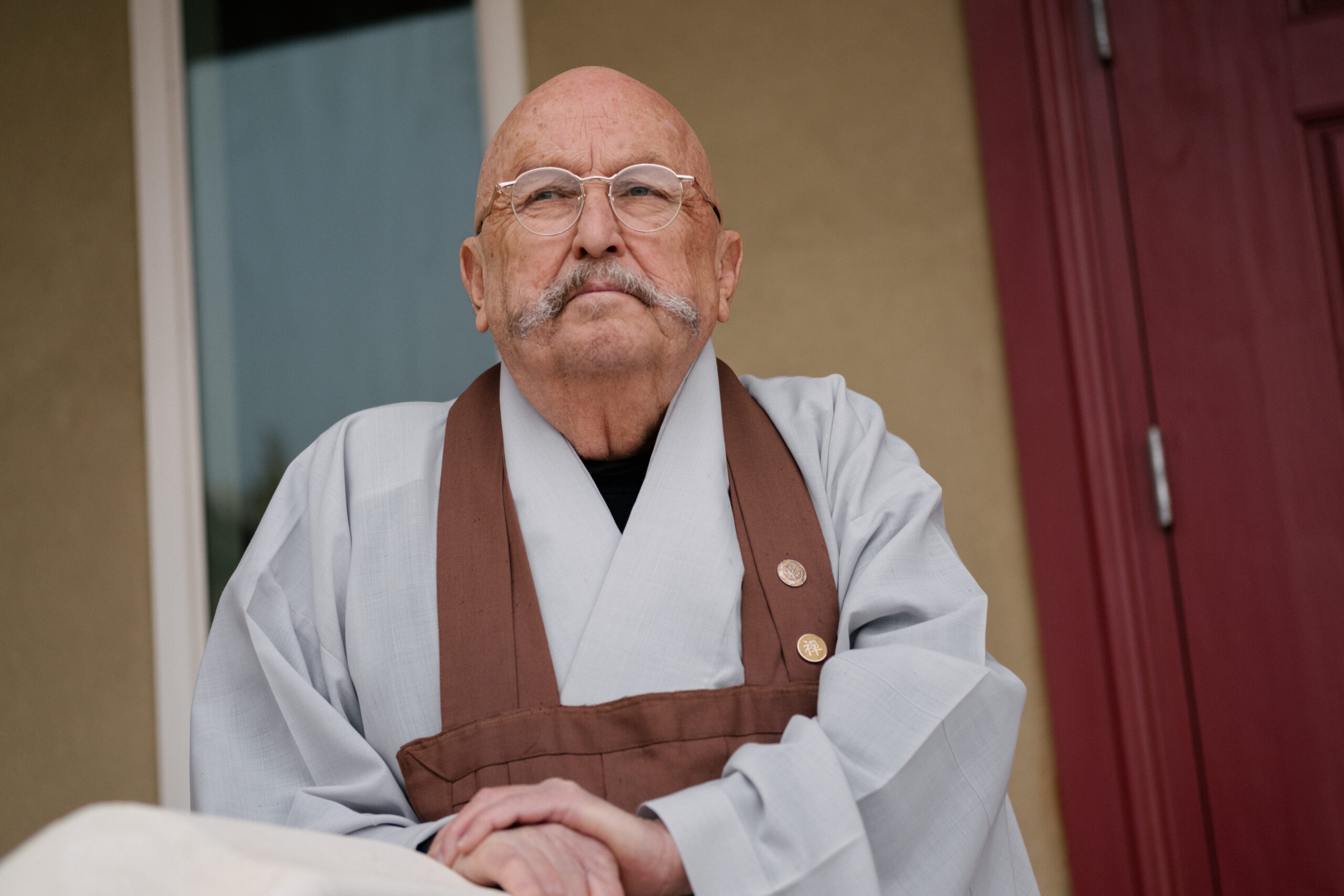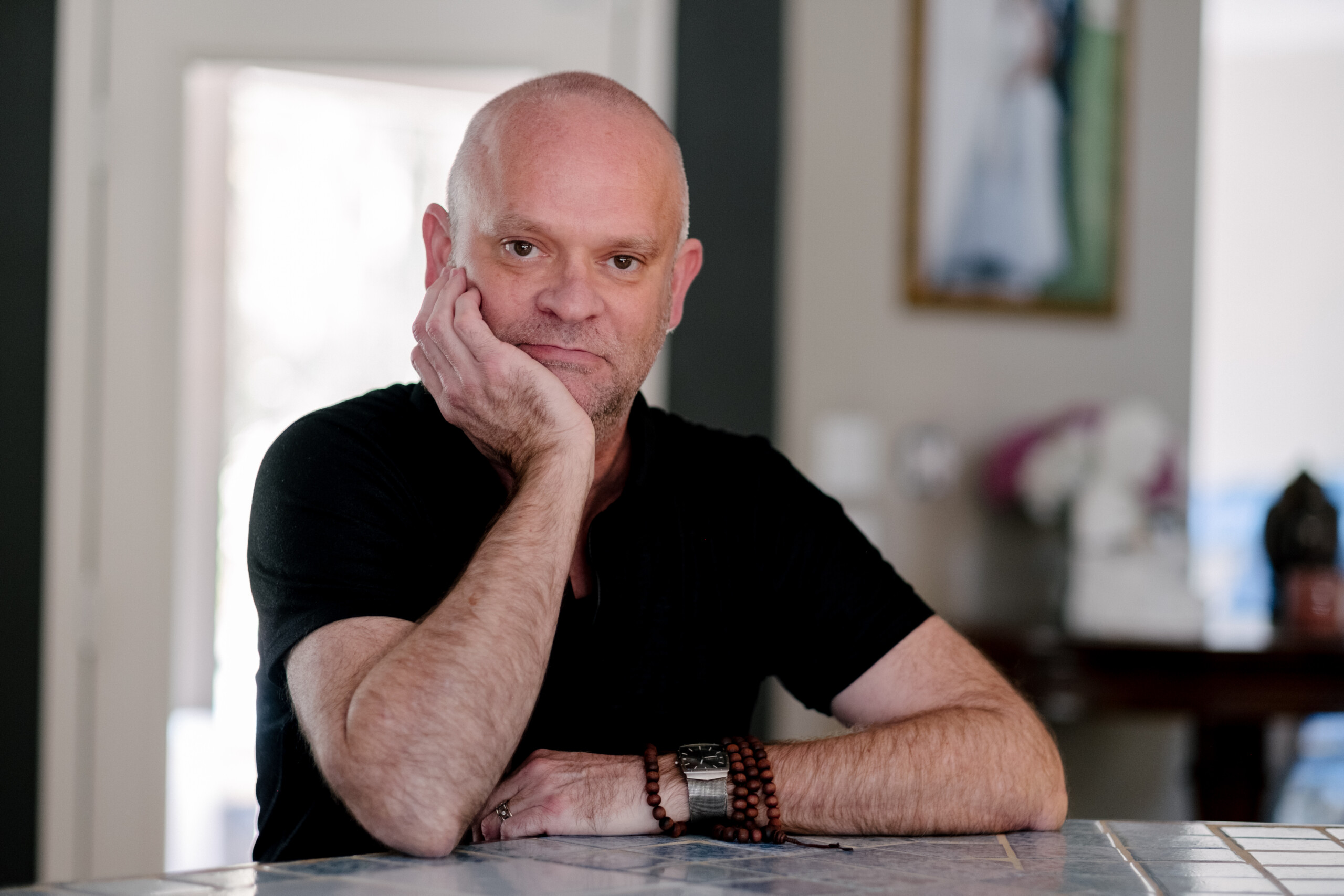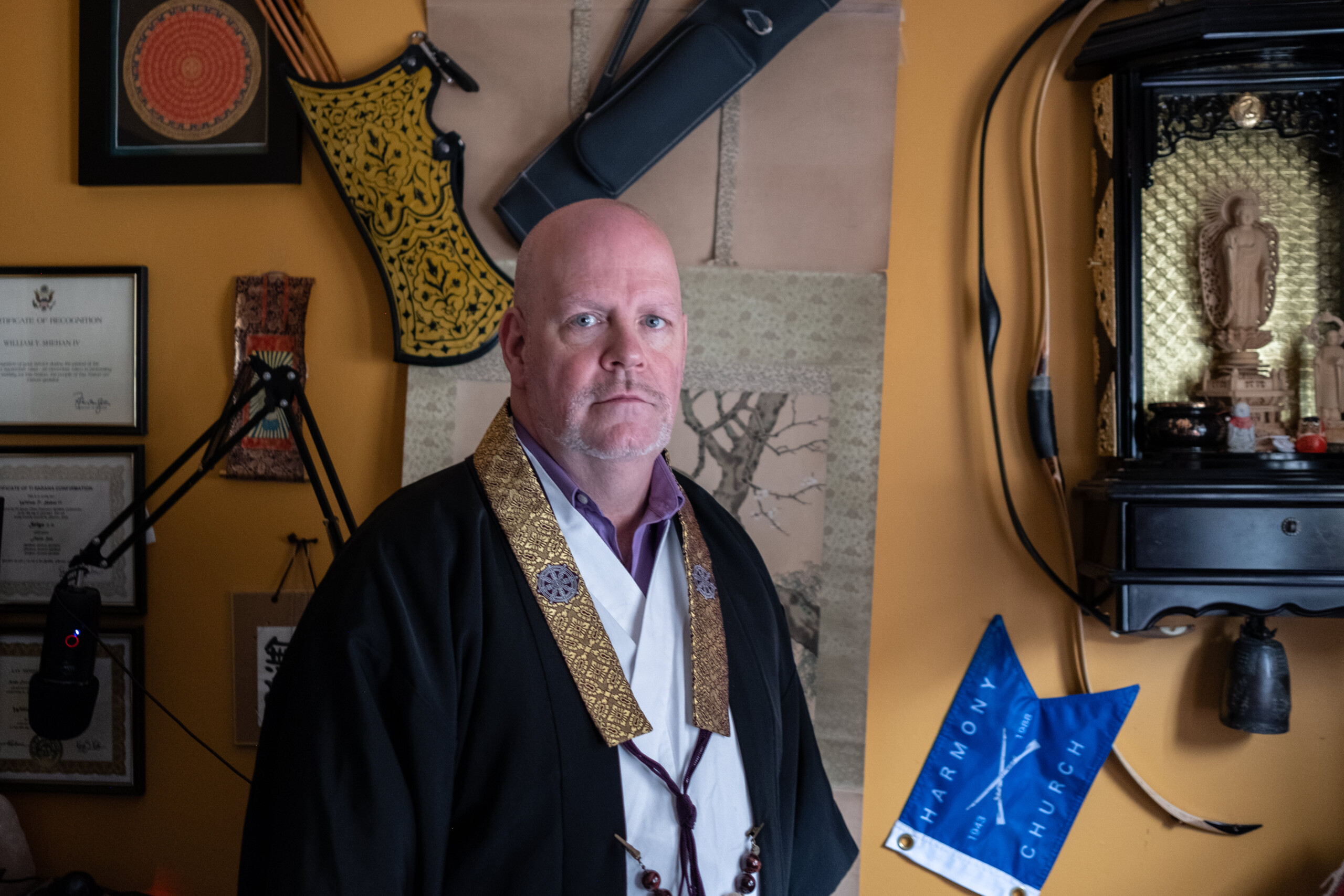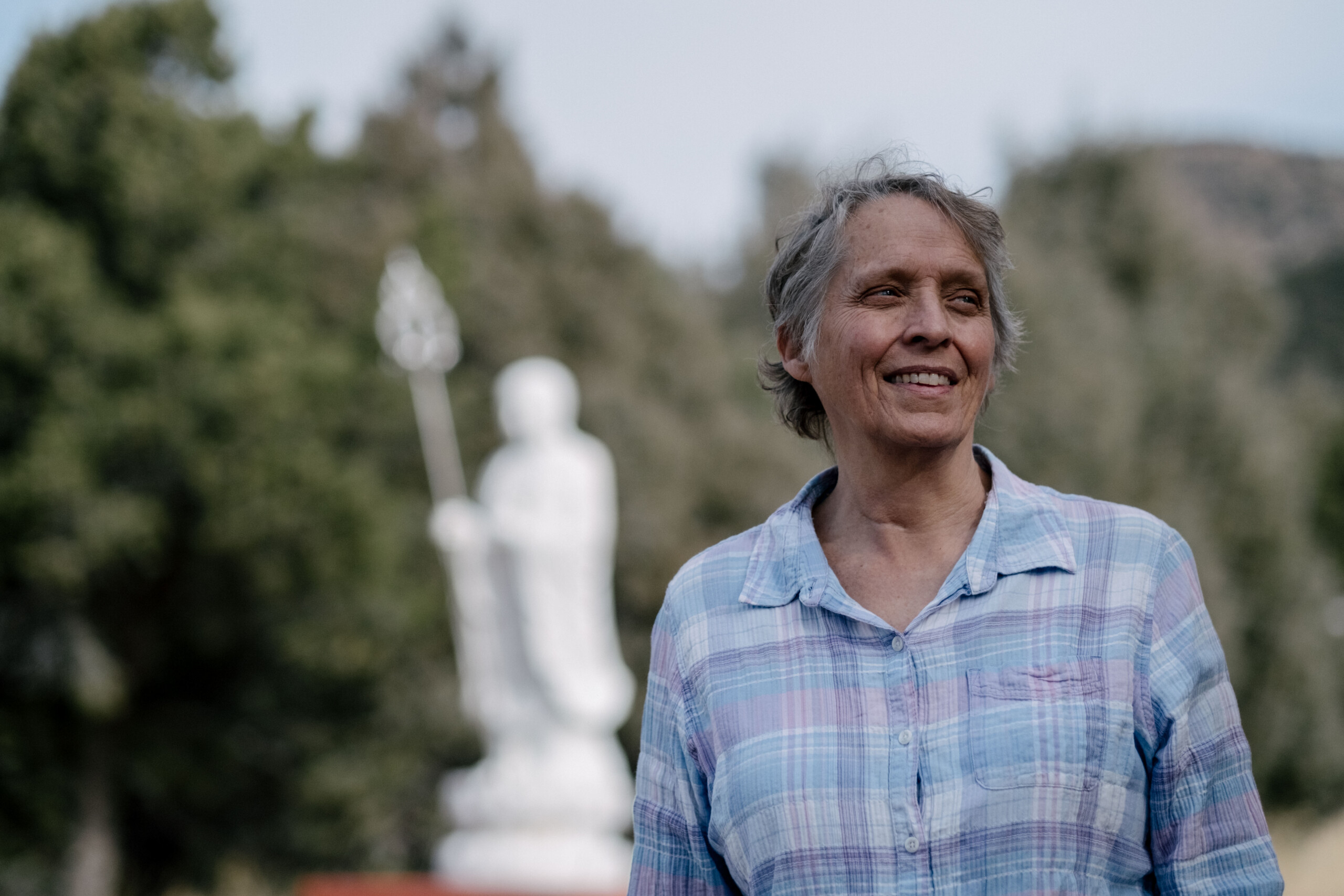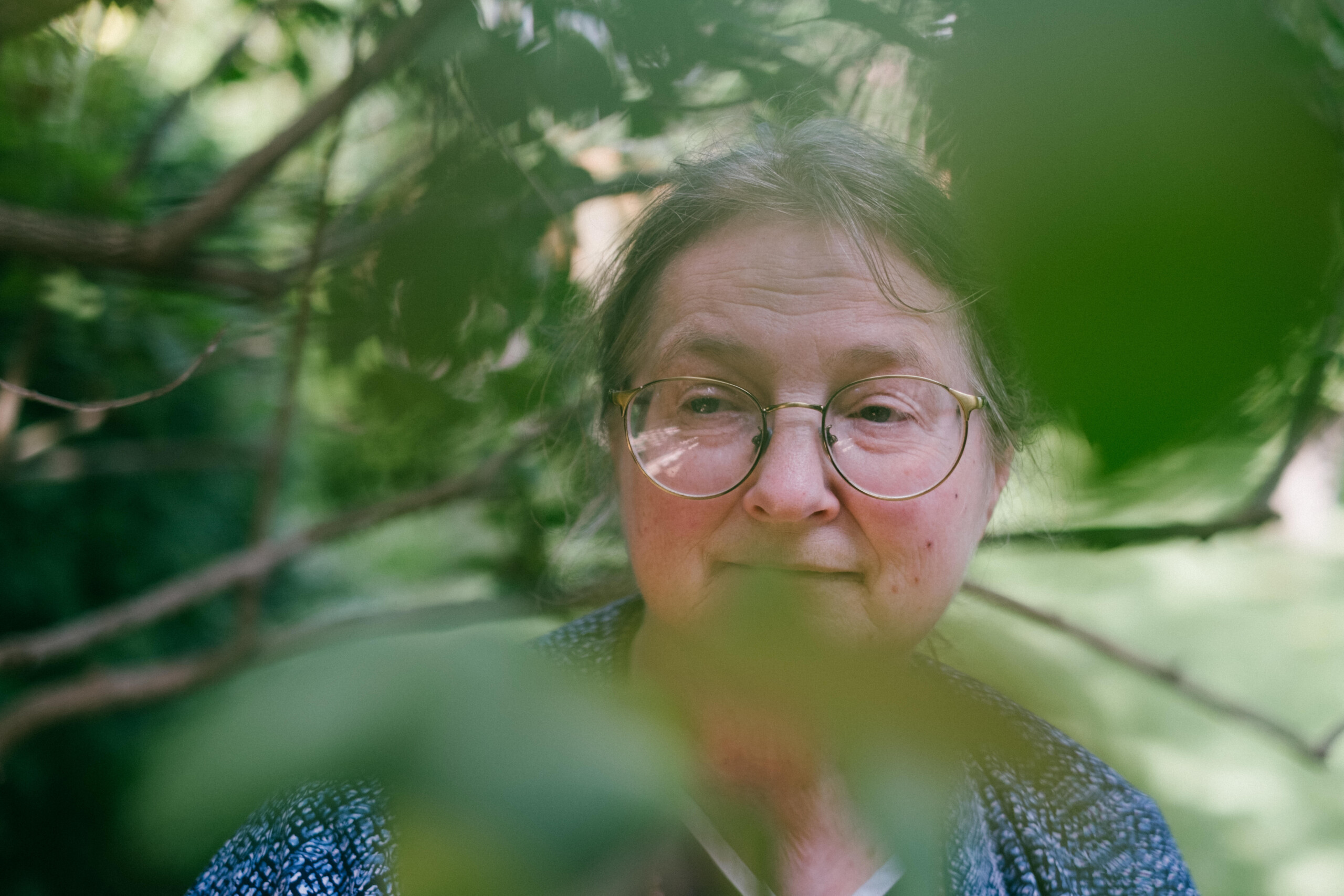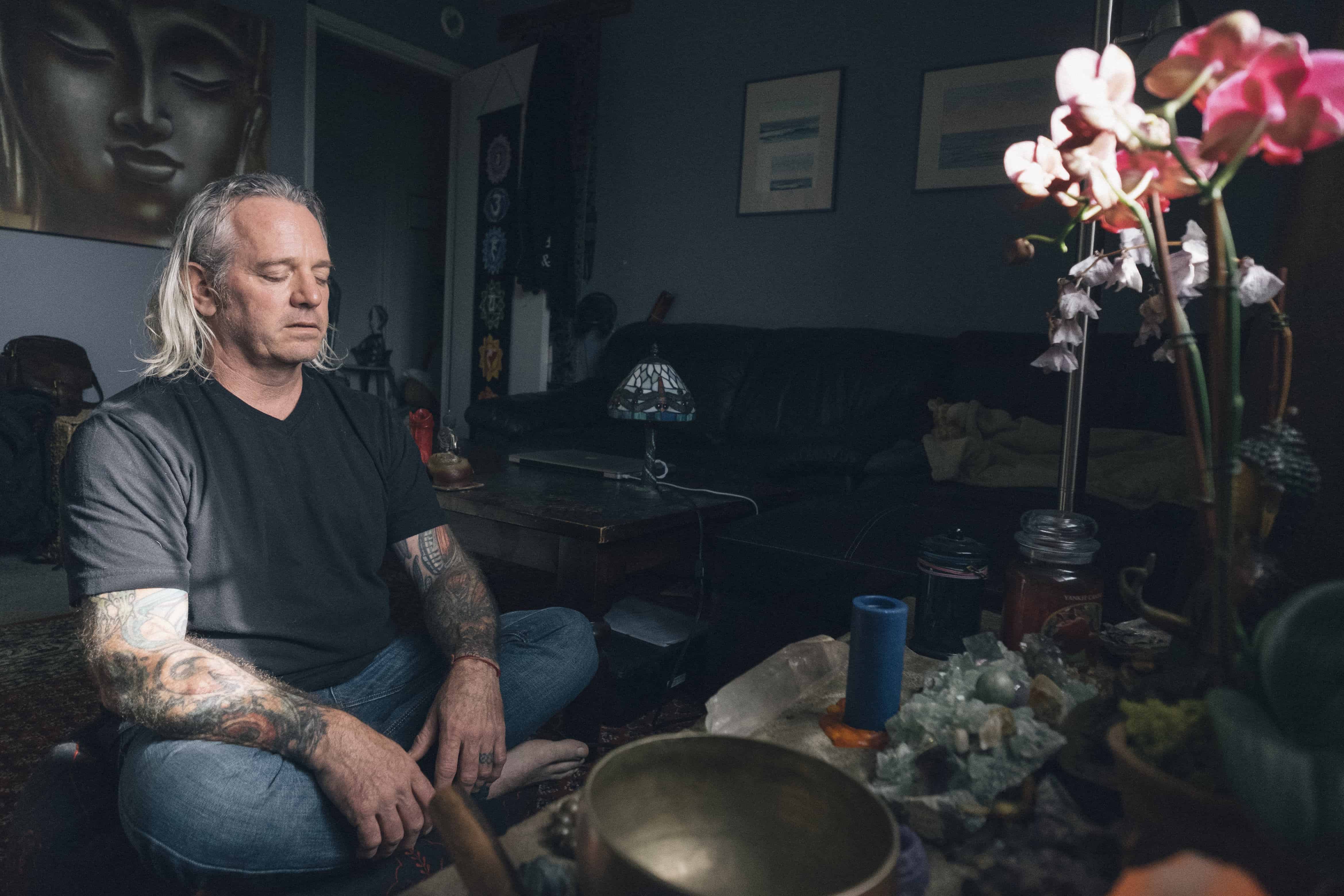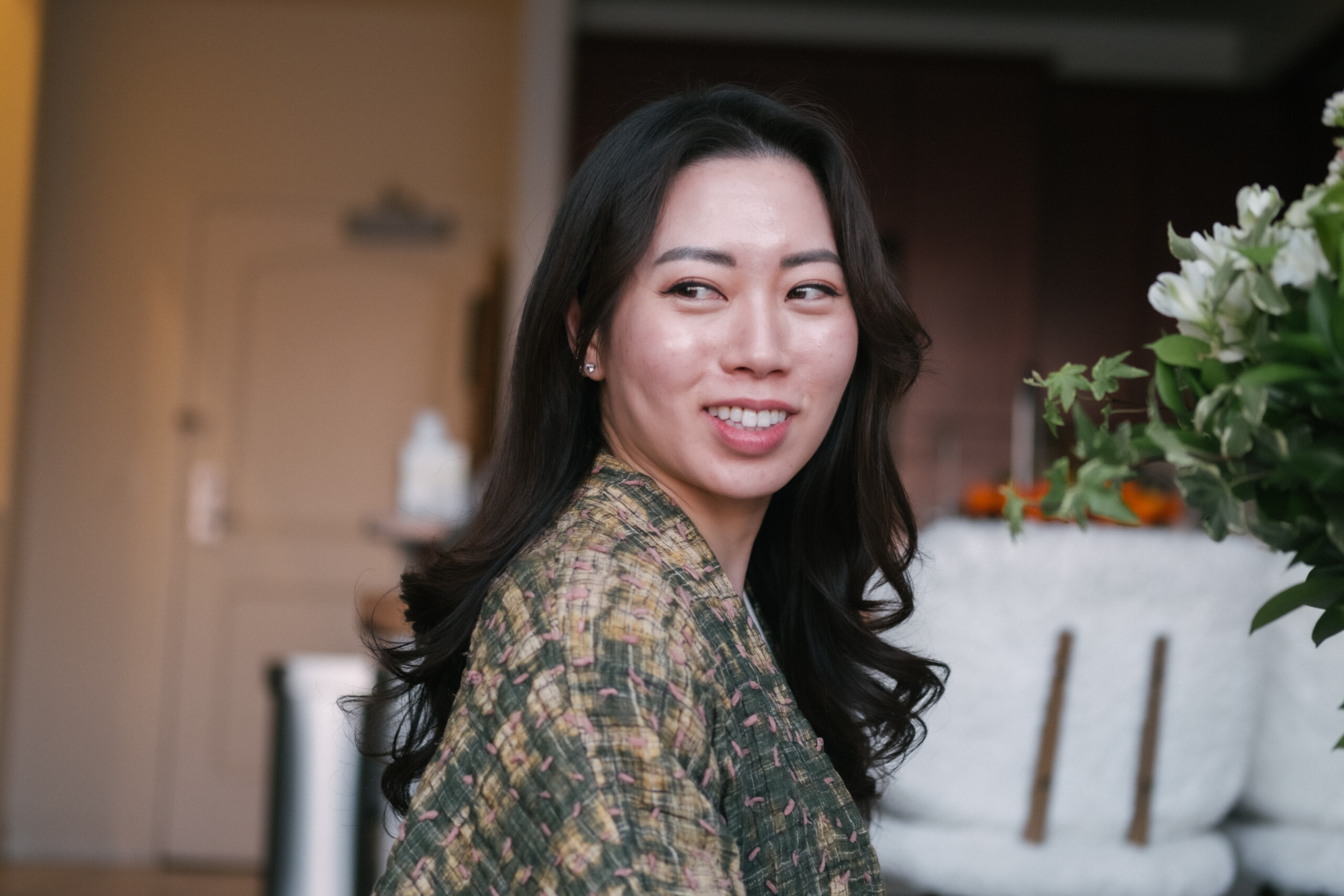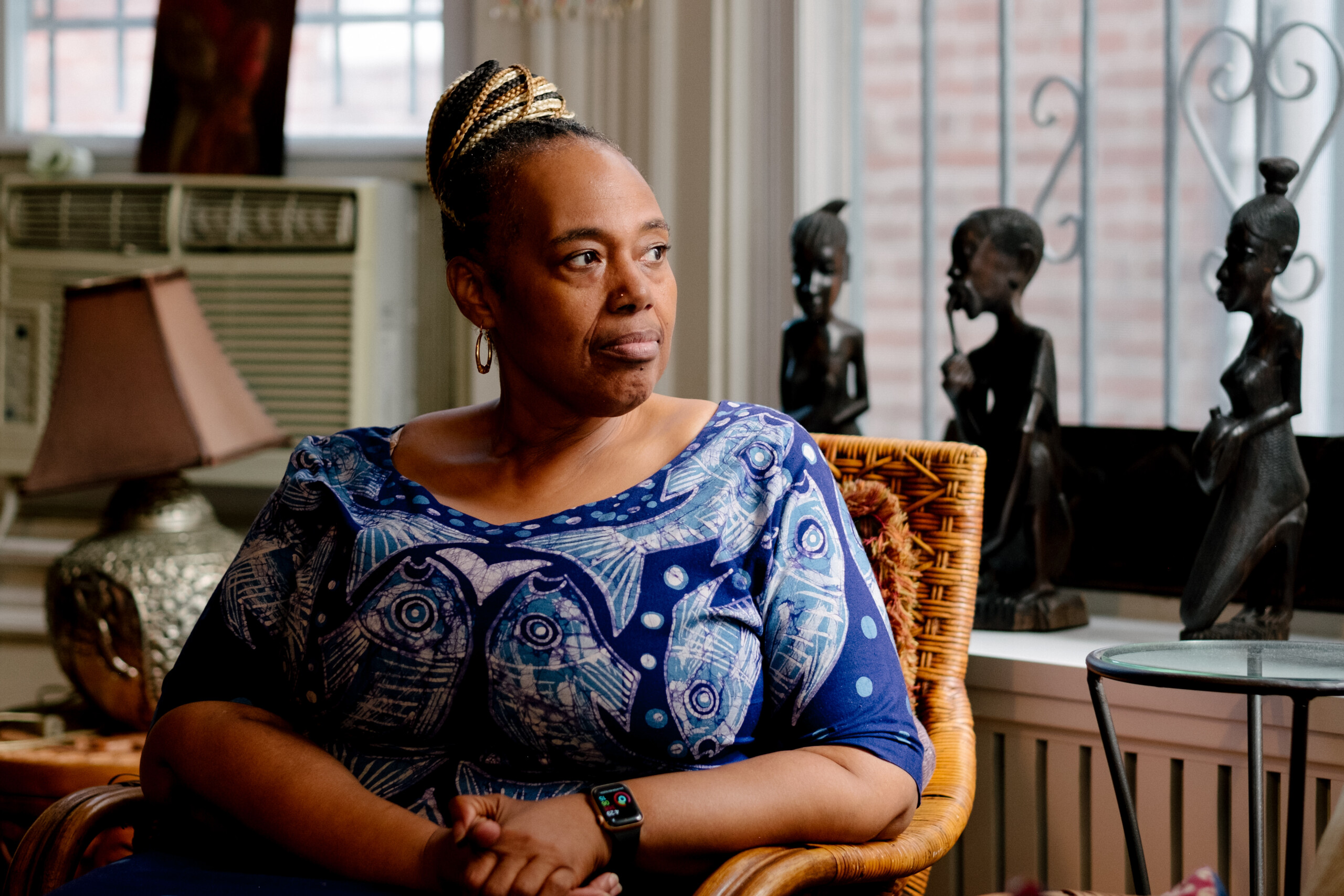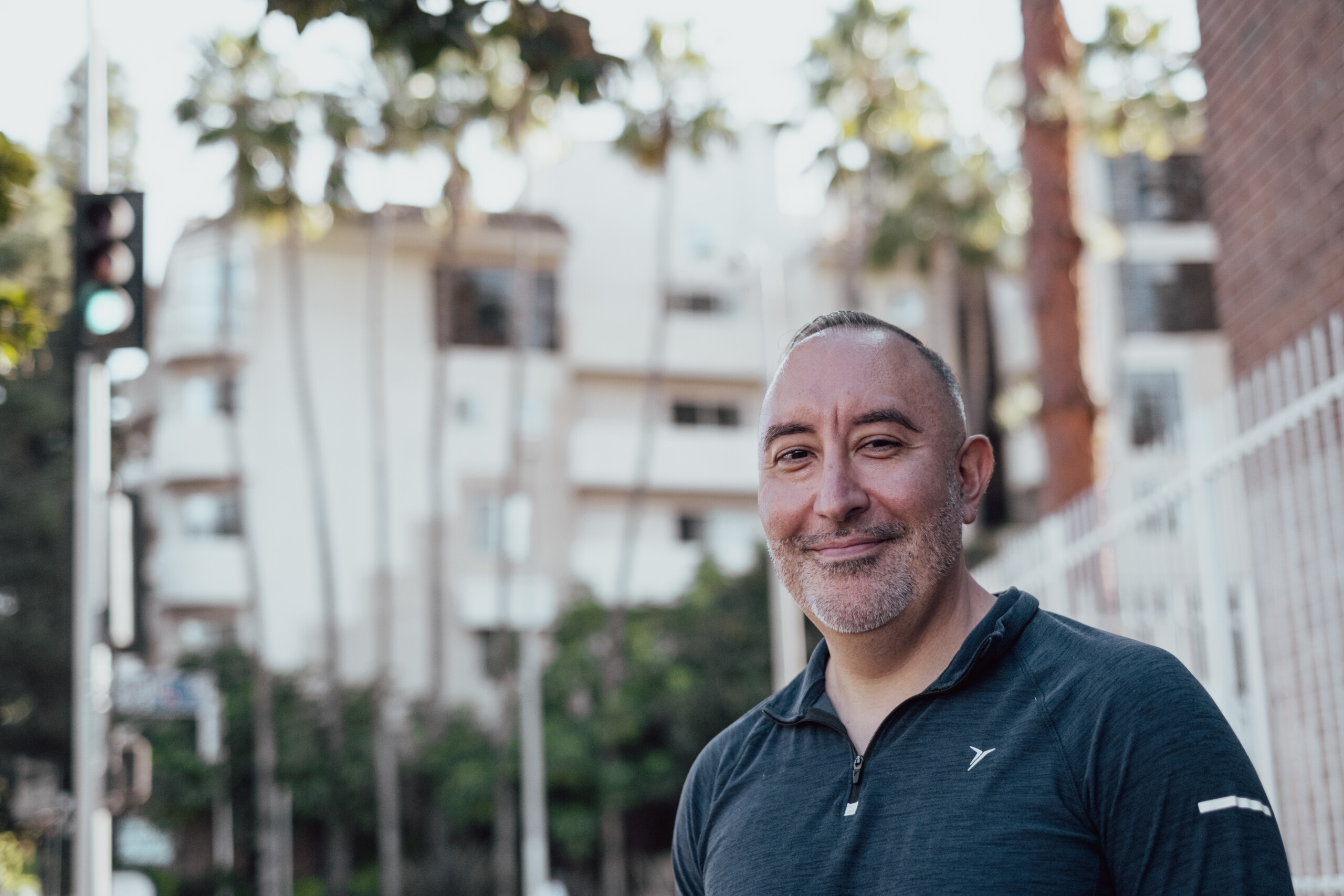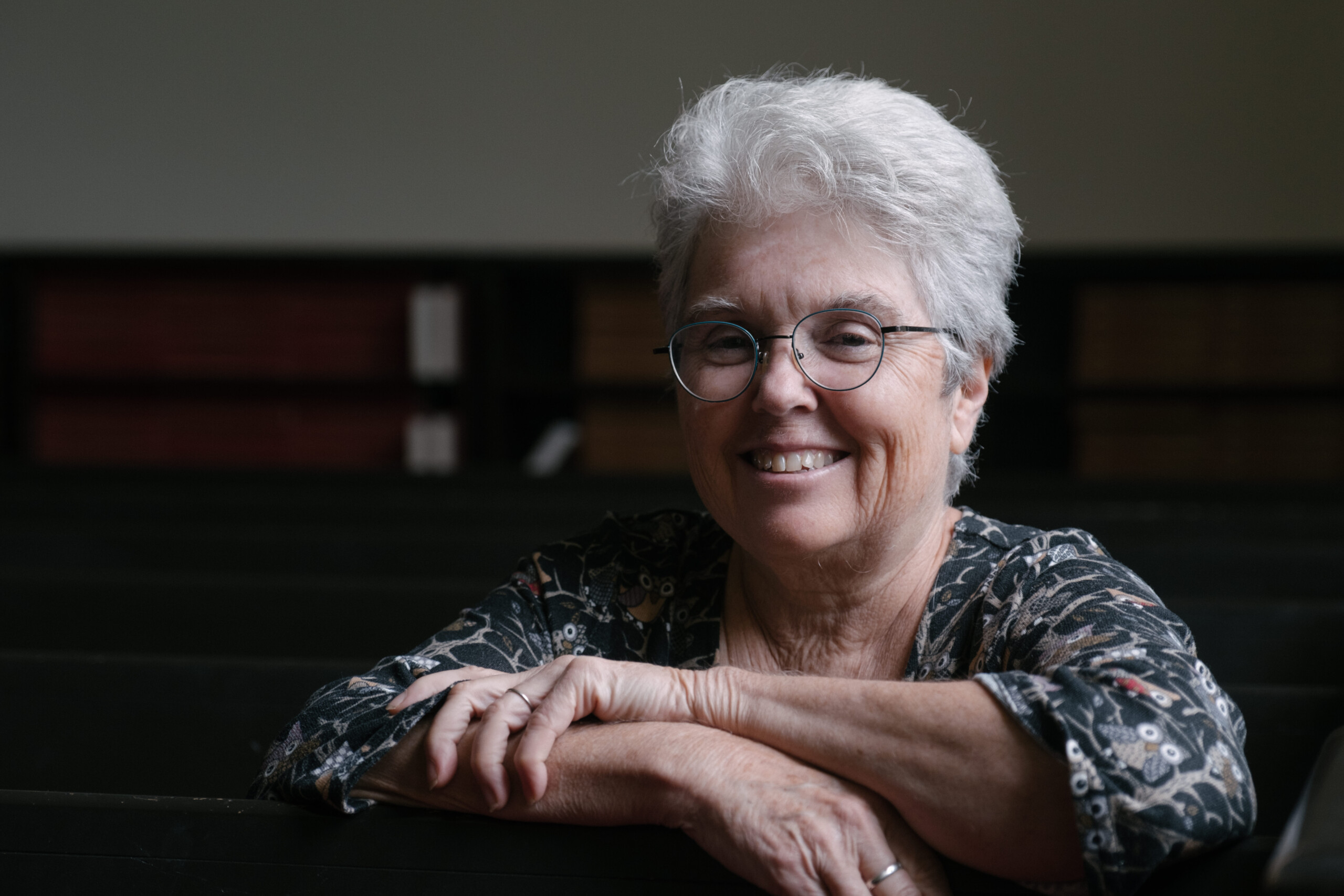Background
Grace, a native of Toronto, Canada, was born into a unique blend of religious backgrounds – her father a devoted Won Buddhist and her mother, a hybrid of Won Buddhism and Presbyterianism. Raised amidst the teachings of Won Buddhism, Grace’s exposure to its practices deepened during family trips to Korea. Although she initially attended the temple due to her parents, her true connection to the faith emerged during her university years.
Facing the harsh reality of her father’s battle with cancer, Grace found solace in Won Buddhism’s meditation, prayer, and the 49-day ritual. Witnessing her father’s transformative journey through the teachings, she recognized the healing potential within the practice. This revelation led her to ordain, driven by the desire to help others find similar solace.
Grace’s multicultural upbringing in Toronto presented challenges, as she often felt like an outsider among predominantly Christian peers. Despite pressure to conform, her father’s unwavering faith in Won Buddhism inspired her to embrace her identity. She observed his loyalty to the teachings and his teacher, even in the face of the minority status of Buddhism in their community.
A pivotal moment occurred when Grace experienced the energy and presence of Won Buddhist teachers in Korea. Their embodiment of the teachings, expressed without words, left a lasting impression on her. The non-proselytizing nature of Won Buddhism also resonated with Grace, providing a welcoming space where different paths to truth were acknowledged and respected.
Ultimately, Grace’s journey reflects a profound connection to Won Buddhism, influenced by her father’s steadfast faith, transformative experiences in Korea, and the embracing philosophy of the faith itself.
Adapting to West
Grace, a practitioner of Won Buddhism, observes significant variations in the practice between Korea and the West. The Sunday services, traditionally centered around diamond talks in Korea, have evolved in the West to prioritize longer meditation periods. One Buddhist temples in the West also exhibit distinct styles, incorporating unique aspects into their services, despite similarities in chanting and prayer.
Language and terminology underwent revisions during translation to make the teachings more accessible to Western audiences. The use of space in temples differs, with Western circles adopting a non-hierarchical layout to emphasize community unity. Grace anticipates a burgeoning movement in the West to incorporate arts and music into One Buddhist services, aiming to resonate with a diverse audience.
A more controversial aspect arises regarding the appearance of female practitioners in One Buddhism. While traditional Korean norms dictate a specific hairstyle as a symbol of chastity or vows, Grace challenged this tradition when ordaining. She successfully gained approval to wear her hair in her preferred style, becoming the first North American to do so. A broader movement questions the attire of ordained individuals, particularly females, advocating for diversity in clothing choices that accommodate various body types and personal preferences.
Grace’s experience highlights the ongoing adaptation of Won Buddhism in the West, addressing cultural differences in services, language, and attire to foster inclusivity and resonance with diverse practitioners.
Personal Adversity
In reflecting on her father’s passing, Grace finds a profound teaching in the idea that from harm can come grace. Despite initially expecting everything to be ruined, she discovered unexpected positive changes, especially in her relationships with her mother and sister. Celebrating these newfound connections, Grace embraces the perspective that even in challenging situations, grace can emerge.
For Grace, the teachings of the Dharma hold immense healing power. Drawing wisdom from various Buddhist traditions, she values authentic words from experienced masters that resonate with love and compassion. The Dharma serves as a crucial pillar in her practice, offering guidance and promoting positive changes. Grace emphasizes the transformative impact of practicing mindfulness, allowing her to navigate life’s challenges with increased awareness.
Witnessing personal changes and positive feedback from her family, Grace acknowledges the profound shift in her mindset. Instead of reacting impulsively to triggers, she now pauses and takes radical responsibility for her emotions, leading to a happier and less angry demeanor. Grace recognizes the importance of turning inward for tools to navigate life’s inevitable suffering.
Seeking to give back, Grace poses a question to her teacher about expressing gratitude for the grace received. The response encourages her to practice and actualize the teachings in her life, considering it the greatest gift she can offer her teacher. This emphasis on embodying the Dharma principles becomes a guiding force in Grace’s ongoing spiritual journey.
Challenges
As Grace progresses on her spiritual journey, she recognizes the challenge of avoiding arrogance and the trap of thinking she knows everything. She acknowledges the danger of entering the intermediate stage where one might feel they no longer need a teacher. Grace’s teacher advises her to maintain self-reflection, reminding herself that she is in the intermediate stage to stay open to continuous learning and growth.
Grace emphasizes the importance of cultivating a mindset of “don’t know,” or beginner’s mind, to avoid limiting herself. She acknowledges the potential obstacle of the comparing mind, cautioning against the tendency to compare her mindfulness practices to others. Grace shares an example of a student who, initially mindful about turning his shoes in a certain way, felt challenged when he noticed others not following the same practice. This comparison led to attachment to the concept of mindfulness.
Remaining aware of these challenges, Grace strives to keep a curious and open mind, recognizing that attachment to the Dharma or the comparing mind can hinder spiritual progress. Her commitment to self-reflection and maintaining a humble, inquisitive mindset becomes a crucial aspect of her ongoing spiritual journey.
Sangha
In her role as a Won Buddhism practitioner and community leader, Grace often explores the motivations of members attending the temple. The recurring answer revolves around the sense of welcoming community, a hallmark strength of One Buddhism. Grace emphasizes the inclusivity of the tradition, noting that anyone, regardless of their background or religious affiliation, is welcome to join and deepen their practice.
The practicality of One Buddhism teachings resonates with members, who appreciate the precision, rationality, and logic embedded in the practice. Grace notes that individuals find transformation in applying these teachings to their daily lives. The lack of a standardized architectural style for Won Buddhist temples is intentional, allowing for diversity in building types, from simple office spaces to traditional wooden structures.
Grace highlights the importance of community in supporting individual practice, with dharma friends and teachers playing crucial roles in answering questions and providing guidance. The welcoming atmosphere extends to those who may not seek leadership roles but are keen on deepening their practice.
Won Buddhism temples offer a variety of activities beyond regular services, including study groups focused on texts or scriptures, as well as diverse interest-based groups like art therapy and yoga. Retreats, considered integral to One Buddhist training, come in various formats—fixed term training with designated periods and daily training to prepare individuals for the challenges of their everyday lives. Grace underscores the value of these practices in cultivating and strengthening spiritual abilities.
Death
Grace reflects on the teachings she received from elders, particularly focusing on their perspectives on death. Recounting her experience with a teacher who was preparing for death, Grace learned that priorities in life extend beyond the visible world. Her teacher, physically uncomfortable but unafraid, emphasized preparing for death as a natural part of life’s cycle.
Grace found beauty in her teacher’s approach, witnessing a minimalist lifestyle as her teacher gradually gave away possessions before passing away. The teacher’s belongings were offered to the community, reinforcing the idea of returning to the Earth with minimal attachment. Grace expresses a desire to age and pass away similarly, appreciating the simplicity and return to nature.
Won Buddhism’s approach to death involves cremation and a unique method of spreading the ashes in the soil, symbolizing a return to the elements. There’s no specific burial site; instead, a tablet with the names is placed in the Earth, emphasizing the connection to nature.
Grace notes that One Buddhism includes practices like the nine-day deliverance service and the 49-day deliverance service, providing guidance on supporting the transition of the spirit to the next life. These practices offer comfort and a sense of purpose during times of loss, as demonstrated during her father’s passing when the community supported the guidance of his spirit over a 14-day period.
Dharma
Grace challenges the common perception of Dharma, particularly in the Western context, where it’s often associated with a seated posture on a cushion during meditation. Working with students, she strives to dispel the notion that Dharma is confined to a specific form or posture. Grace emphasizes that Dharma is omnipresent and manifests in all aspects of life, whether in action or rest, including mundane activities like eating or speaking.
She underscores the importance of recognizing Dharma in everyday life, breaking the notion that it exists only in sacred or separate spaces. Grace encourages an expanded view, asserting that life itself is Dharma, intricately woven into everything people do. Although some may find this concept initially tiring, she explains that with consistent training, it becomes second nature, fostering heightened awareness and observation.
In Grace’s teachings, the emphasis is on awakening to Dharma rather than merely knowing it. She explains that true awakening, or grace, involves understanding cause and effect, particularly in how actions impact Mother Nature or others. This heightened awareness extends to thoughts, speech, and actions, with those who are awakened being careful and mindful of their impact on the world around them.
Enlightenment
Reflecting on her teachers, Grace admires those who embody an awakened and aware life. She notes that the most awakened individuals appear remarkably human, devoid of pretense or facade, resembling everyday grandparents. Despite their normalcy, there’s a discernible difference in how they live their lives, a unique and subtle quality.
Recalling her father’s teacher in San Francisco, Grace highlights an incident where, despite the casual environment, he spoke to her using honorific language, suggesting a deep respect. This moment left a lasting impression, hinting at a recognition of inherent Buddha nature even in a young child. Another vivid memory involves watching a soccer game with the teachers, where a detached response to an intense moment showcased their fluidity and non-attachment. Grace perceived these instances as glimpses into a different way of living.
The teachers’ approach to daily life stood out, emphasizing non-wastefulness even in seemingly trivial matters like collecting gum wrappers for reuse. Grace acknowledges the profound impact of understanding cause and effect, expressing her aspiration to live in a similar manner. While she has witnessed these models of awakened living, she acknowledges her ongoing journey and the aspiration to align her life more closely with these principles.
Institutional Service
Grace emphasizes the essence of Won Buddhism as a journey inward to connect with oneself, leading to a greater purpose of reaching outward and becoming one with others. The tradition places a significant emphasis on public service, intertwining personal practice with a commitment to bringing compassion and peace to the world. While engagement is a crucial aspect of the tradition, individual personality plays a role in the specific roles undertaken, whether within the temple or in outreach to universities and communities.
Expressing her vision for the institute, Grace aims to break insularity by actively connecting with the community. She envisions the institute as a model, offering services such as meditation, Tai Chi, and acupuncture. The institute seeks to integrate both mental and physical healing, showcasing collaboration between the acupuncture faculty and the one Buddhist studies department. Grace is excited about utilizing the available space to extend services to senior homes and schools, teaching mindfulness to both teachers and students.
Delving into the spiritual arts, Grace’s vision involves merging creativity and spirituality through various mediums like dance, visual arts, and music. A specific project she is currently working on is the fusion of meditation and live music performances. Artists are invited to play live music while Grace and other teachers guide participants through a meditation experience, creating a unique and immersive blend of music and spiritual practice.
Lineage
Grace discusses the origins and principles of Won Buddhism, emphasizing its focus on the mind and the quest for balance between spiritual practice and the advancements of the modern world. The absence of Buddha statues in Won Buddhism temples is explained by the symbolic use of a simple circle, representing the original nature shared by all beings. This symbol encourages a direct and realistic approach to treating everyone as a Buddha, fostering interconnectedness and gratitude.
Grace delves into the organizational structure of Won Buddhism in the West, highlighting the recent establishment of the first headquarters in the United States. The aim is to adapt the teachings to the Western context while maintaining a connection with the central headquarters in Korea. The process includes creating a constitution suitable for the West and involves the formation of new headquarters in other countries. Grace also touches on the formal education system for ordination, which includes undergraduate and graduate degrees in Won Buddhism, as well as ongoing efforts to create a lay leader track to accommodate individuals with families and jobs.
In terms of teaching and scripture, Grace appreciates the founder’s approach, which involves explaining the reasons behind practices rather than imposing them. This emphasis on inquiry and avoiding blind faith resonated with her, encouraging a deeper engagement with the tradition.
Meditation
In the context of formal meditation practices, Grace explains the focus on the lower abdomen in Won Buddhism, influenced by the Daoist tradition, emphasizing its benefits for both the mind and overall health. The practice involves breathing from the lower abdomen, circulating watery and fiery energies to promote physical well-being. Two core practices are highlighted: seated meditation, concentrating on the breath, and chanting meditation, using sound to return to the original mind and transition into silent meditation.
Grace introduces the concept of meditation in action, which involves applying mindfulness during daily activities. She discusses the importance of cultivating awareness during tasks, concentrating on the present moment, and developing the ability to pause before reacting in challenging situations. Grace acknowledges the challenge of truly resting and putting aside mental to-do lists. She reflects on personal struggles with anxiety and negativity, emphasizing how focused meditation helps reduce unnecessary thinking and attachments, leading to decreased stress and anxiety.
Ordination Journey
As a novice in Won Buddhism, Grace describes her challenging but valuable one-year experience. While she wouldn’t repeat it due to its difficulty, she expresses no regrets. During her time in Korea, Grace explored different aspects of the tradition, working at a local temple and founding a meditation group called “One Circle Community” to foster open dialogue about various traditions, inviting religious leaders and cultural figures to speak. Her engagement expanded to include interreligious dialog circles and a growing interest in social justice issues.
Grace emphasizes the evolving nature of her interests, transitioning from community meditation to a focus on interreligious dialogue and social justice. She underscores the importance of collective liberation and collaboration in addressing societal needs. Grace appreciates the flexibility within Won Buddhism for ordained ministers, allowing them to contribute based on their talents and interests, whether in construction, acupuncture, teaching, or serving as a Buddhist chaplain.
Practice
Grace describes Won Buddhism’s practice as “timeless and placeless” meditation, extending beyond formal settings to every moment and place. The practice involves a rational and logical path, referred to as training, emphasizing repetition from morning to night. The three-fold practice includes cultivating the spirit through morning meditation or chanting, concentration in action during the day, and evening reflection through chanting or journaling.
She emphasizes the importance of self-inquiry, inquiring into human affairs and universal principles, and making conscious choices in action throughout the day. Grace highlights the cyclical nature of the practice, involving morning preparation, daytime focus, and evening reflection, creating a continuous cycle of self-improvement.
Won Buddhism’s approach integrates self-power and other power, recognizing dependence on external elements and expressing gratitude through prayer. Grace stresses the interconnection of self and other power, applying this awareness to actions like treating nature with respect and expressing gratitude to fellow beings.
She encourages patience, likening the practice to building mental muscles, and emphasizes the need for consistency and dedication. Grace underscores the significance of a spiritual vow, a personal “why,” reflecting on her own vow to reach Buddhahood and support others on the same path. She shares her teacher’s perspective that purifying the mind on the cushion purifies the universe, emphasizing the interconnectedness of individual actions and their impact on the whole.
Sacrifices
Grace reflects on her decision not to marry and live a monastic life as a path that was once perceived as a sacrifice but has evolved into a source of happiness. Despite societal expectations and earlier notions of sacrifice, she now finds joy in dedicating her energies to practice and the spiritual path, prioritizing her own contentment.
In her twenties, Grace faced challenges and stereotypes from friends who questioned her unconventional choice. Over time, age and routine have brought a sense of fulfillment, and she no longer sees her lifestyle as a sacrifice. Her friends, who once misunderstood her choices, now seek her guidance on meditation and even ask her to officiate weddings or offer prayers for their children. Grace acknowledges the changing perception of meditation in society and how it has helped dispel misconceptions about her spiritual practice.
Teachers
Grace emphasizes the importance of having multiple teachers in the one Buddhism tradition, highlighting the diversity of perspectives they offer. Teachers in this tradition serve as guides, providing direction while allowing individuals to make their own decisions. Grace values the mentorship that encourages her to trust herself, believe in her potential, and pursue her mission.
The process of finding a teacher in one Buddhism involves prayer and a personal connection rather than a systematic approach. Grace shares her experience of seeking a teacher she resonates with, emphasizing the role of readiness on the part of the student. She notes the lack of a formal system for teacher selection in the tradition but believes that, with time, practitioners naturally encounter teachers with whom they connect.
Grace acknowledges that the one Buddhism tradition is relatively young in the West, with about 50 years of history, and currently faces a shortage of ministers and teachers. She expresses hope that the establishment of headquarters in the United States and the development of a teaching system will lead to an increase in teachers in the future. Grace also introduces the concept of “wise one first,” where anyone with expertise in a specific field can become a teacher in that domain, fostering a continual sense of being both a student and a teacher.

